Navigating the Ever-Changing Landscape of Siding Trends
Greetings, fellow homeowners and design enthusiasts! We’re here to take you on an immersive journey through the captivating world of trendy siding styles and materials that are shaping the nation’s homes, sourced by brands such as James Hardie and Alside. We’re excited to be your guide on this exhilarating exploration of exterior home design trends that are leaving their mark on neighborhoods from coast to coast.
The Dynamic Evolution of Home Design Trends
Just like fashion, music, and pop culture, trends in home design are in a constant state of evolution. What’s considered stylish today may be passé tomorrow, but therein lies the beauty of home design—it’s a canvas for your personal expression. Your home’s exterior can be a reflection of your style, taste, and even your values.
Our Personal Siding Style Odyssey
Before we delve into the fascinating world of trending siding styles and materials, let’s share a bit about our own siding style journey. During one of our property renovations nestled in the charming heart of New England, we stumbled upon the enchanting allure of cedar shake siding. Its rustic, cottage-like charm added a layer of warmth and character to the house that was simply magical. It was then we realized that siding isn’t merely a functional element; it’s an artistic canvas for self-expression.
Siding Styles Across the Vast American Landscape
One of the remarkable aspects of the United States is its vast diversity, and this diversity is beautifully reflected in the homes and siding styles found across the nation. Join us on a virtual cross-country tour as we explore the standout siding styles:
New England’s Shingle-Style Charm – A Historical Journey
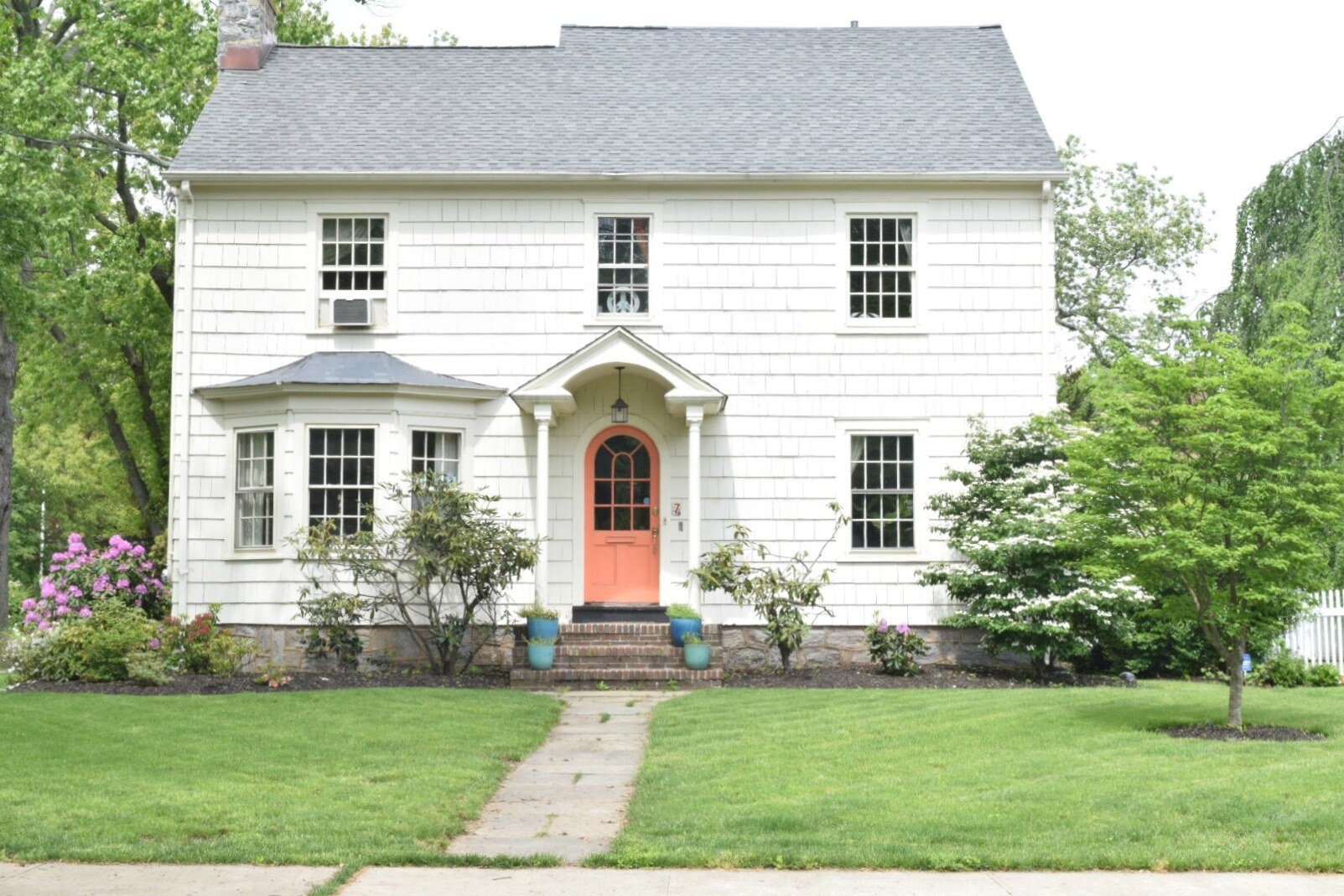
Traveling through the picturesque villages of New England, you’ll often encounter homes adorned with the timeless beauty of cedar shake siding. This style exudes a sense of cottagecore, with its natural, weathered appearance and enduring appeal. These homes seem to have sprung organically from the landscape, blending seamlessly with their surroundings.
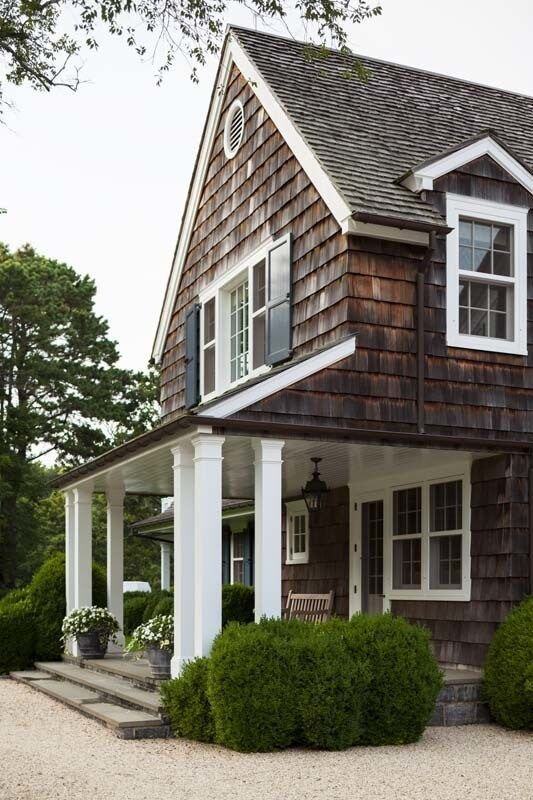
Historical Perspective:
The origins of cedar shake siding can be traced back to colonial New England. Early settlers used available resources, often splitting logs into shingles to create durable and weather-resistant exteriors. This tradition of utilizing cedar shakes has persisted for centuries and continues to be an emblem of New England’s architectural heritage.
Farmhouse Chic in the Heartland – Rooted in Necessity and History

Venture into the heartland of America, and you’ll be greeted by the quintessential American farmhouse. Board and batten siding, adorned with crisp, white paint, creates a classic look that’s both timeless and trendy. Farmhouses represent the epitome of comfort and charm, making them beloved not only in rural areas but also in the hearts of design enthusiasts on platforms like TikTok and Pinterest.
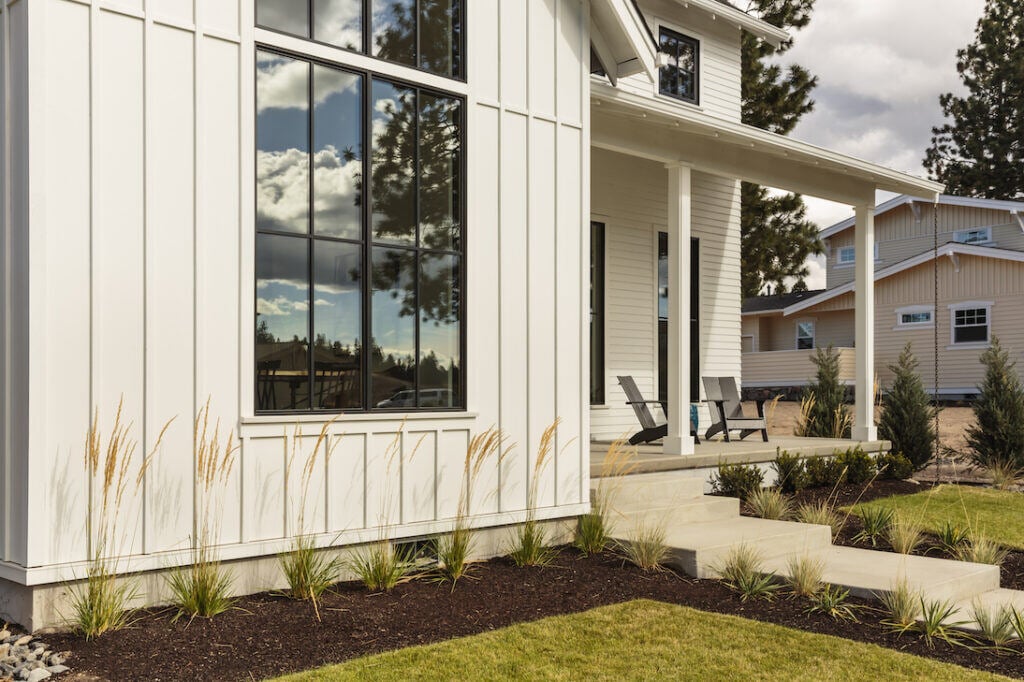
Historical Perspective:
The iconic American farmhouse can be traced back to the agrarian roots of the heartland. These homes were practical and designed to withstand the demands of rural life. Board and batten siding, initially chosen for its durability, has evolved into an enduring symbol of classic American architecture.
Modern Marvels on the West Coast – An Architectural Renaissance

The West Coast, particularly in cities like Los Angeles and Seattle, is a hotspot for modern architecture. Clean lines, expansive windows, and sleek materials like fiber cement siding define these homes. It’s a style that not only embodies the latest trends but also prioritizes eco-friendliness, with a strong emphasis on energy efficiency and sustainability.

Historical Perspective:
The modern architectural movement gained momentum in the mid-20th century as architects sought to break away from traditional design constraints. Sleek lines, open spaces, and a focus on functionality became the hallmarks of modern homes. The use of innovative materials like fiber cement siding exemplifies this forward-thinking approach to design.
Southern Comfort with Lap Siding – An Homage to Tradition and Culture

In the southern states, you’ll frequently encounter homes featuring lap siding, a style that’s both traditional and inviting. Lap siding, with its horizontal boards, creates a sense of coziness that’s perfect for those balmy southern evenings spent on the porch. It’s the kind of style that encourages sweet tea sipping and front porch swinging.
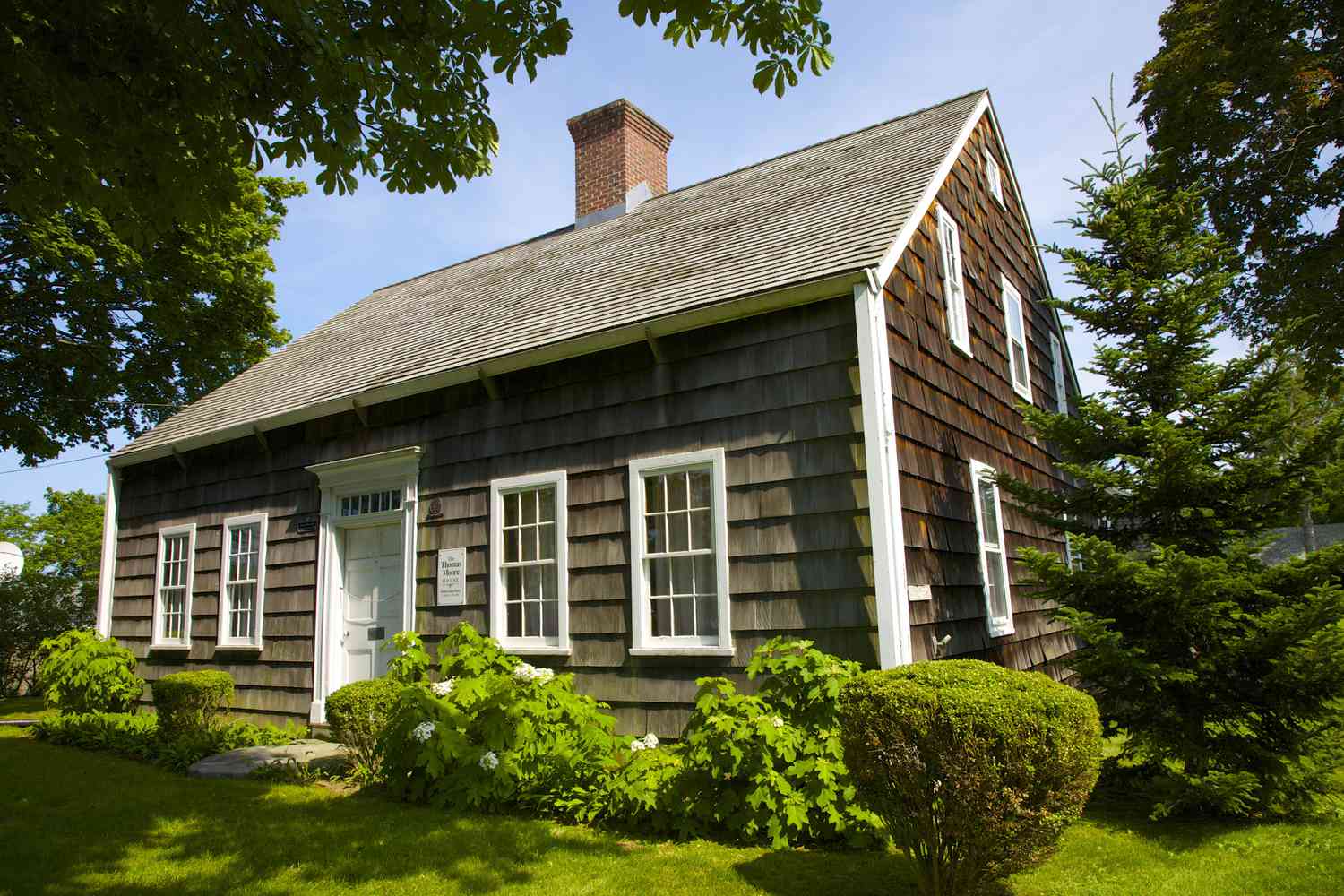
Historical Perspective:
Lap siding, also known as clapboard siding, has a rich history in the southern United States. Early settlers used locally available pine and cypress wood to create these horizontal siding boards. The tradition of lap siding continues to evoke the timeless charm of the Old South, making it a popular choice for homeowners seeking a touch of southern comfort.
Rustic Retreats in the Mountain West – A Harmony with Nature and Environment
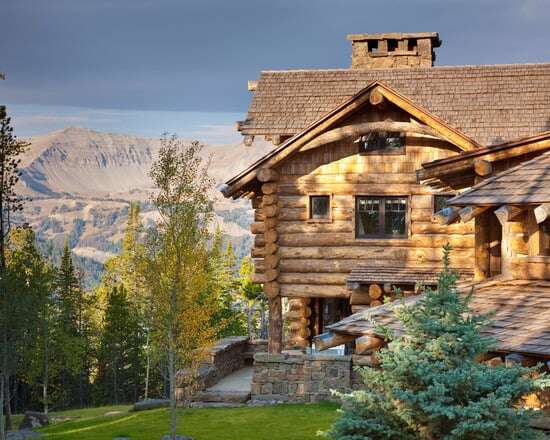
The Mountain West region, with its breathtaking landscapes, calls for siding that complements its natural beauty. Log cabin-style homes with log siding are a common sight, evoking a sense of rustic luxury. These homes blend seamlessly with their surroundings, creating a harmonious retreat for those who seek solace in nature.

Historical Perspective:
Log cabin construction has its roots in the early days of American colonization. Pioneers and settlers used logs from the surrounding forests to construct simple, sturdy homes. Over time, log cabin design evolved, blending rustic charm with modern comforts. Today, log siding pays homage to this historical tradition while offering the benefits of modern construction.
Coastal Elegance on the Eastern Seaboard – Nautical Nostalgia and History

Along the Eastern Seaboard, coastal homes reign supreme. Cape Cod-style homes, complete with cedar shingle siding and crisp white trim, transport you to a world of seaside charm. It’s a style that’s all about relaxation and coastal elegance, a timeless trend that’s making waves both online and off.
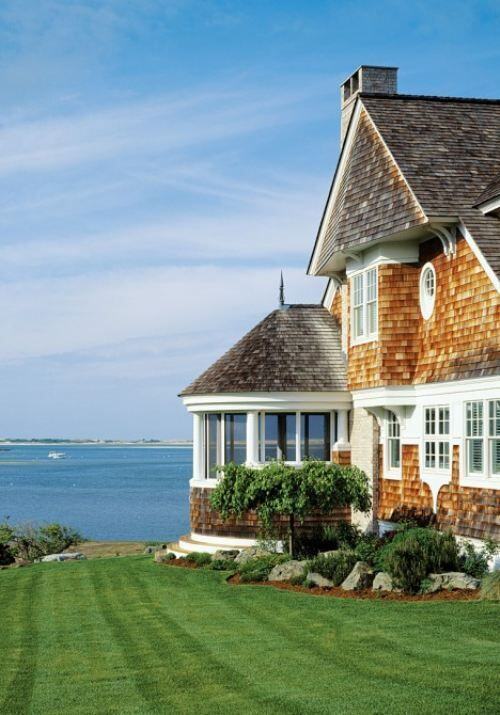
Historical Perspective:
The Cape Cod-style home traces its roots to the 17th century when English settlers adapted their traditional home designs to the harsh New England climate. Cedar shingle siding, chosen for its resilience in coastal environments, became a hallmark of these homes. Today, Cape Cod-style homes continue to evoke the charm and simplicity of early American coastal life.
TikTok and the Social Media Siding Craze – A Digital Renaissance of Architectural Styles
In the digital age, social media platforms such as TikTok and Instagram have a significant influence on shaping design trends. Let’s explore some of the siding styles and materials that are taking the internet by storm:
The Cottagecore Comeback – A Return to Simplicity and Nostalgia

Cottagecore is all the rage online, influencing fashion, lifestyle, and now, home design. When it comes to siding, this trend gravitates towards natural and rustic materials like wood and cedar shakes. It’s about creating a storybook-like home that transports you to a fairytale world, a trend that’s particularly popular among younger homeowners seeking a connection to nature.

Historical Perspective:
Cottagecore draws inspiration from rural life and the simplicity of cottage living. It hearkens back to a time when people sought solace in the countryside, celebrating the beauty of nature and a slower pace of life. The use of natural materials like natural wood siding resonates with this longing for authenticity and connection to the past.
Dark and Dramatic Accents – A Bold Statement and Historical Influence
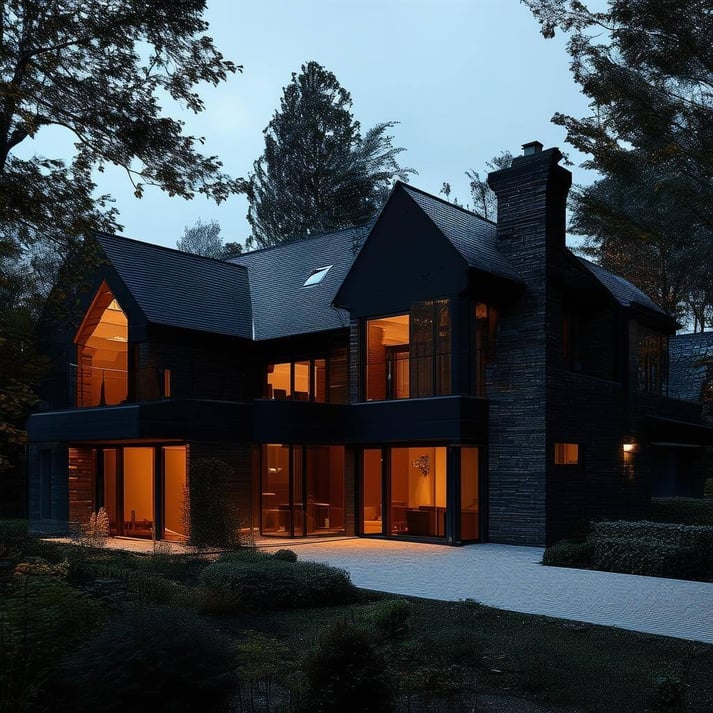
Dark siding is having a moment, and it’s easy to see why. Deep, moody colors such as navy blue, charcoal gray, and forest green make a bold statement. When paired with contrasting trim, it creates a striking and modern look that’s Instagram-worthy. This trend is especially popular among those looking to add a touch of sophistication and drama to their homes.
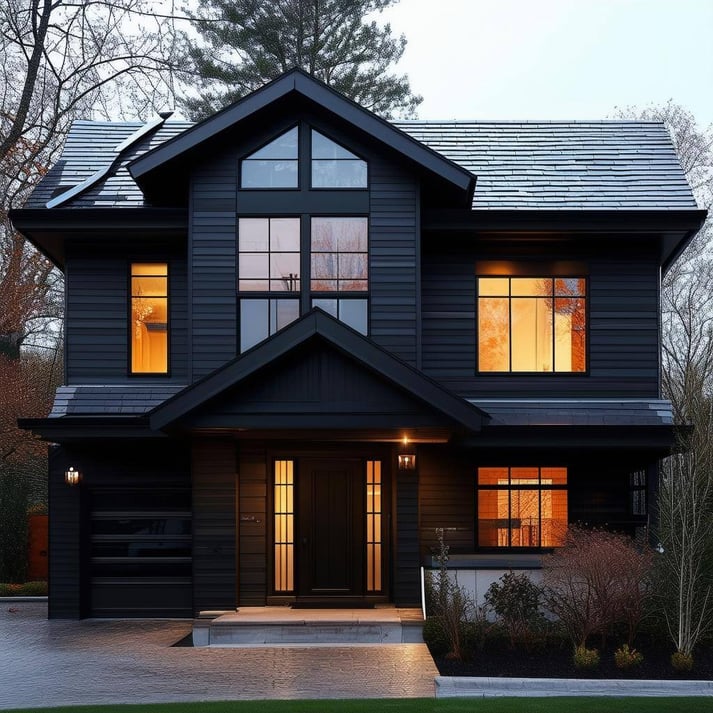
Historical Perspective:
The use of dark colors in home design has historical roots in Gothic and Victorian architecture, where rich, dramatic hues were often employed to create a sense of opulence and grandeur. Today’s resurgence of dark siding channels this historic allure while embracing a modern sensibility.
Minimalist and Monochromatic – A Celebration of Simplicity and Bauhaus
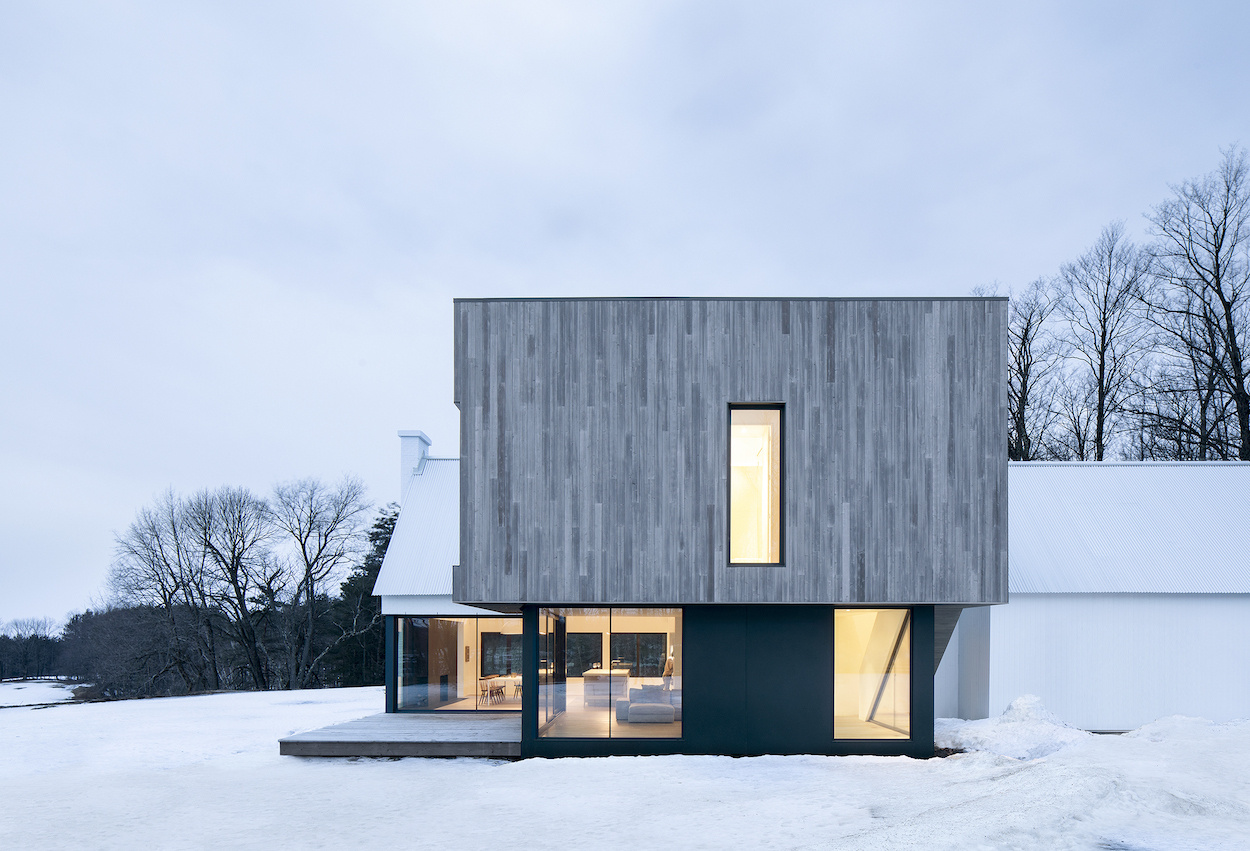
Inspiration
On the flip side of the design spectrum, the minimalist movement continues to thrive. Monochromatic color schemes, with clean lines and simple materials like metal siding or smooth fiber cement, create a sleek and contemporary aesthetic. This style is ideal for homeowners who appreciate the beauty of simplicity and seek an uncluttered, modern look for their homes.
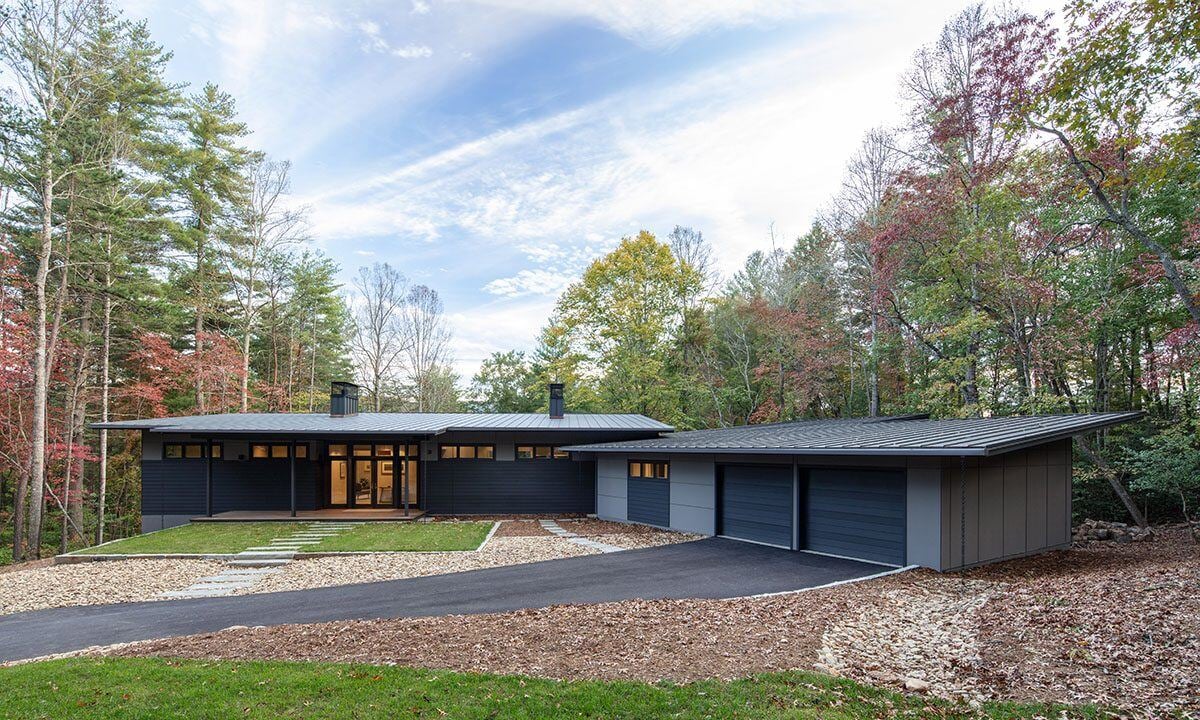
Historical Perspective:
The minimalist design philosophy traces its origins to the early 20th century, with influences from the Bauhaus movement and modernist architects. It emphasizes functionality, clean lines, and a focus on the essentials. The resurgence of minimalism in home design echoes these historical principles while adapting them to contemporary living.
Mixed Materials Magic – An Artistic Approach and Architectural Tradition
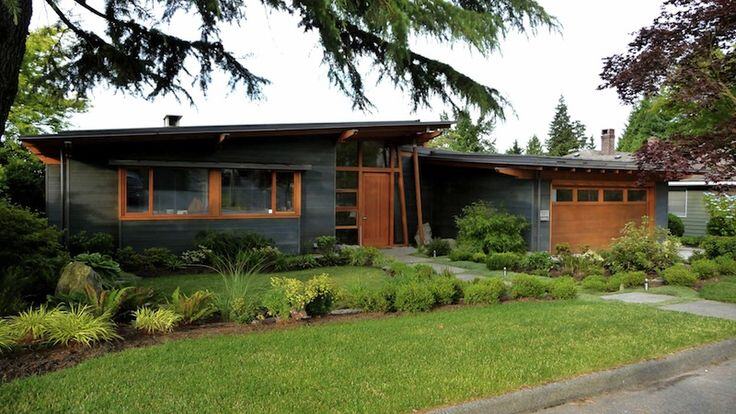
Mixing siding materials is a trend that’s gaining traction online, and for good reason. Combining stone, brick, or stucco with traditional siding materials adds depth and visual interest to a home’s exterior. It’s akin to creating a work of art with your siding choices, an approach that allows for creativity and personalization.
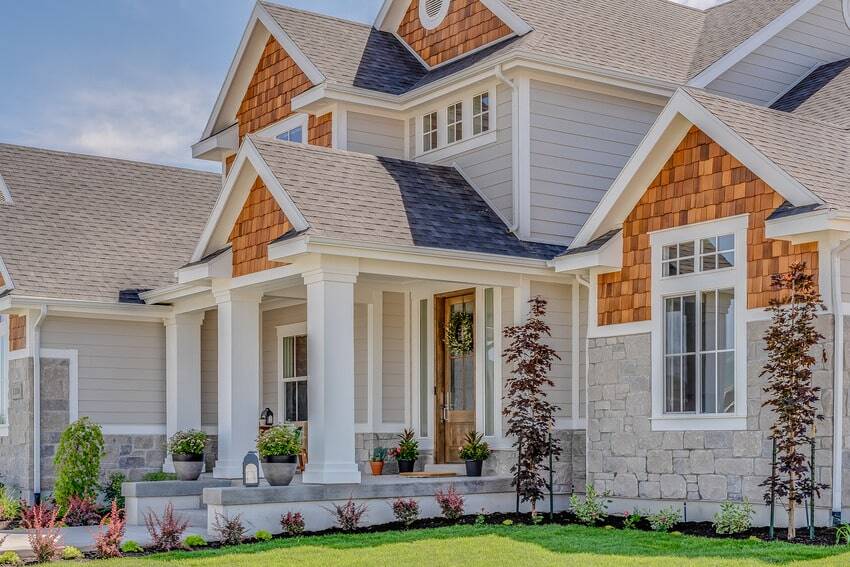
Historical Perspective:
The use of mixed materials in architecture has a rich history, with examples dating back to ancient civilizations. The blending of different textures and colors creates visual contrast and architectural intrigue. Today’s trend of mixing materials pays homage to this age-old tradition while infusing a contemporary twist.
Going Green with Sustainable Siding – A Conscientious Choice and Environmental Impact
With environmental awareness on the rise, sustainable siding materials have become increasingly popular. Homeowners are seeking eco-friendly options that not only enhance their home’s aesthetics but also reduce their carbon footprint. Here are some sustainable siding materials to consider:
Reclaimed Wood Siding- A Sustainable Legacy and Unique Character
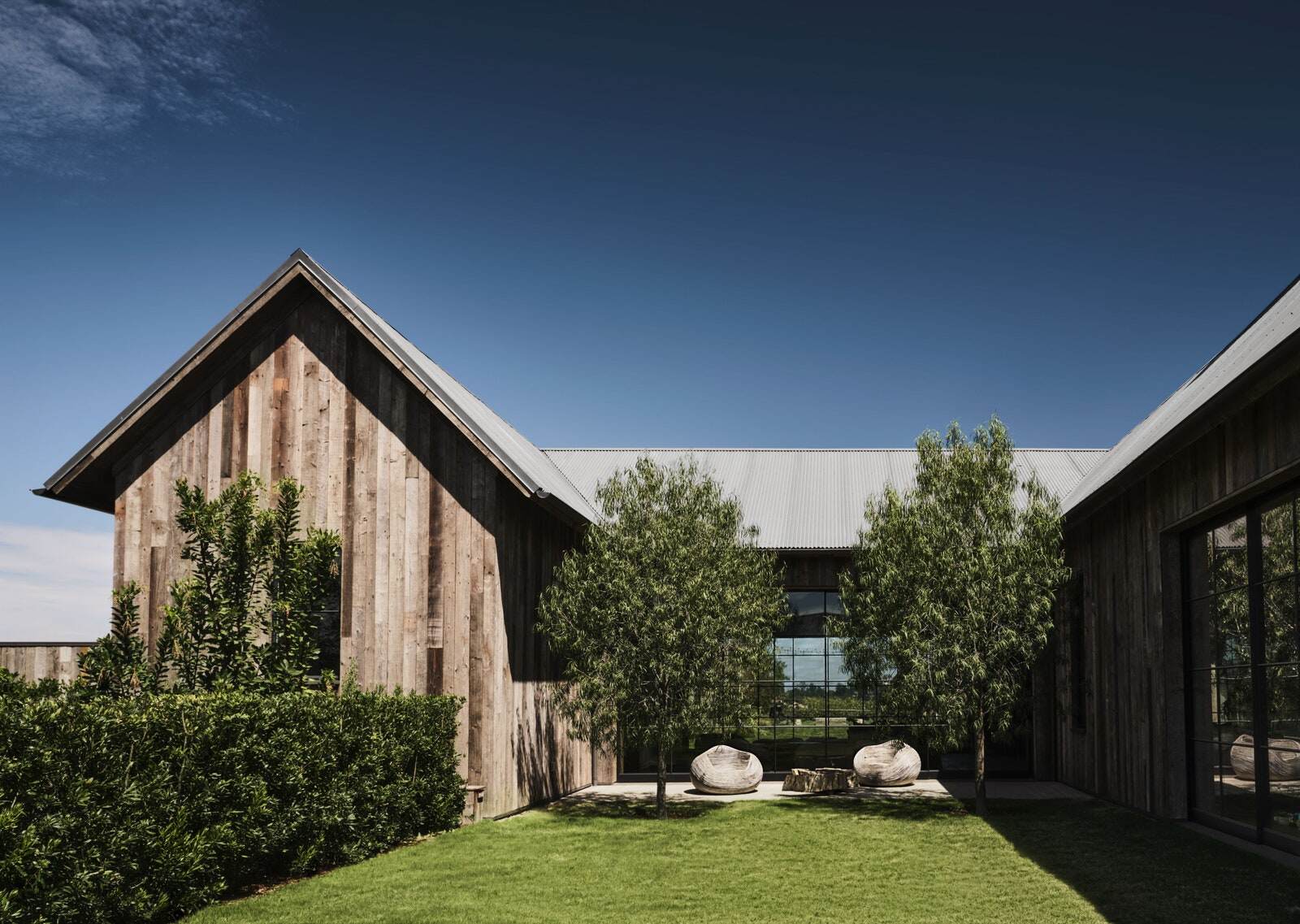
Reclaimed natural wood siding is not only eco-friendly but also teeming with character. It gives new life to old wood, reducing the demand for freshly harvested timber. Each piece of reclaimed wood tells a story, adding a unique touch to your home’s exterior. Choosing reclaimed wood not only benefits the environment but also infuses your home with a rich narrative.
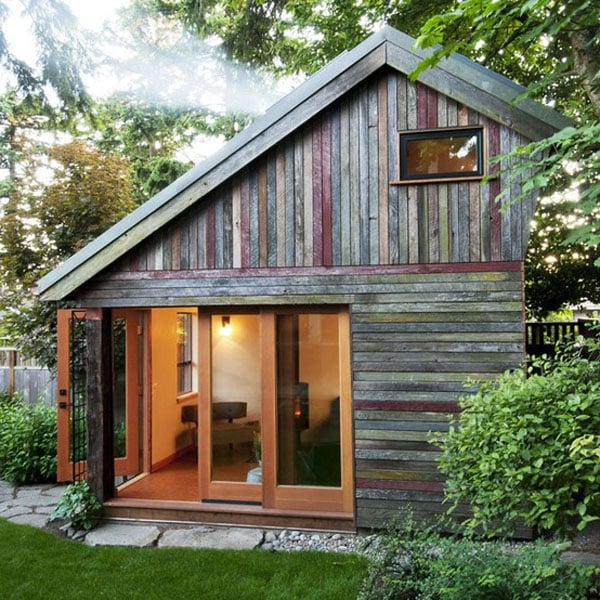
Historical Perspective:
The concept of reusing materials in construction has ancient roots. Throughout history, builders salvaged and repurposed materials from demolished structures, considering it a sustainable and practical approach. Reclaimed wood siding continues this tradition, echoing the sustainable practices of generations past.
Recycled Metal Siding – A Modern Marvel and Energy Efficiency
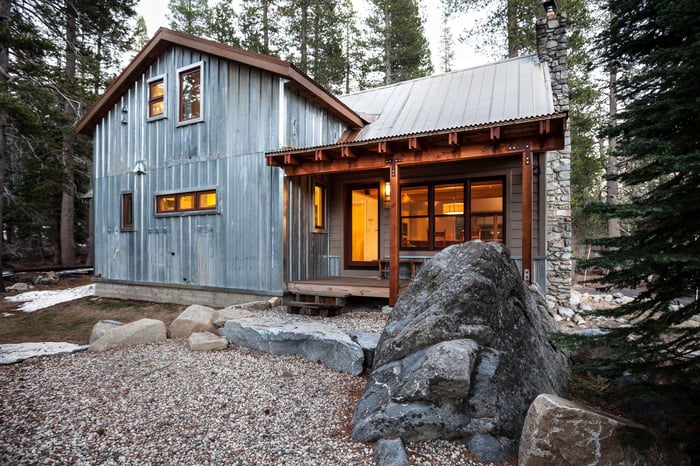
Metal siding made from recycled materials is a choice that combines durability with eco-friendliness. It reflects the sun’s rays, reducing the need for excessive air conditioning, and it’s fully recyclable at the end of its life cycle. Metal siding has a sleek and modern appearance, making it a favorite among eco-conscious homeowners who appreciate both style and sustainability.
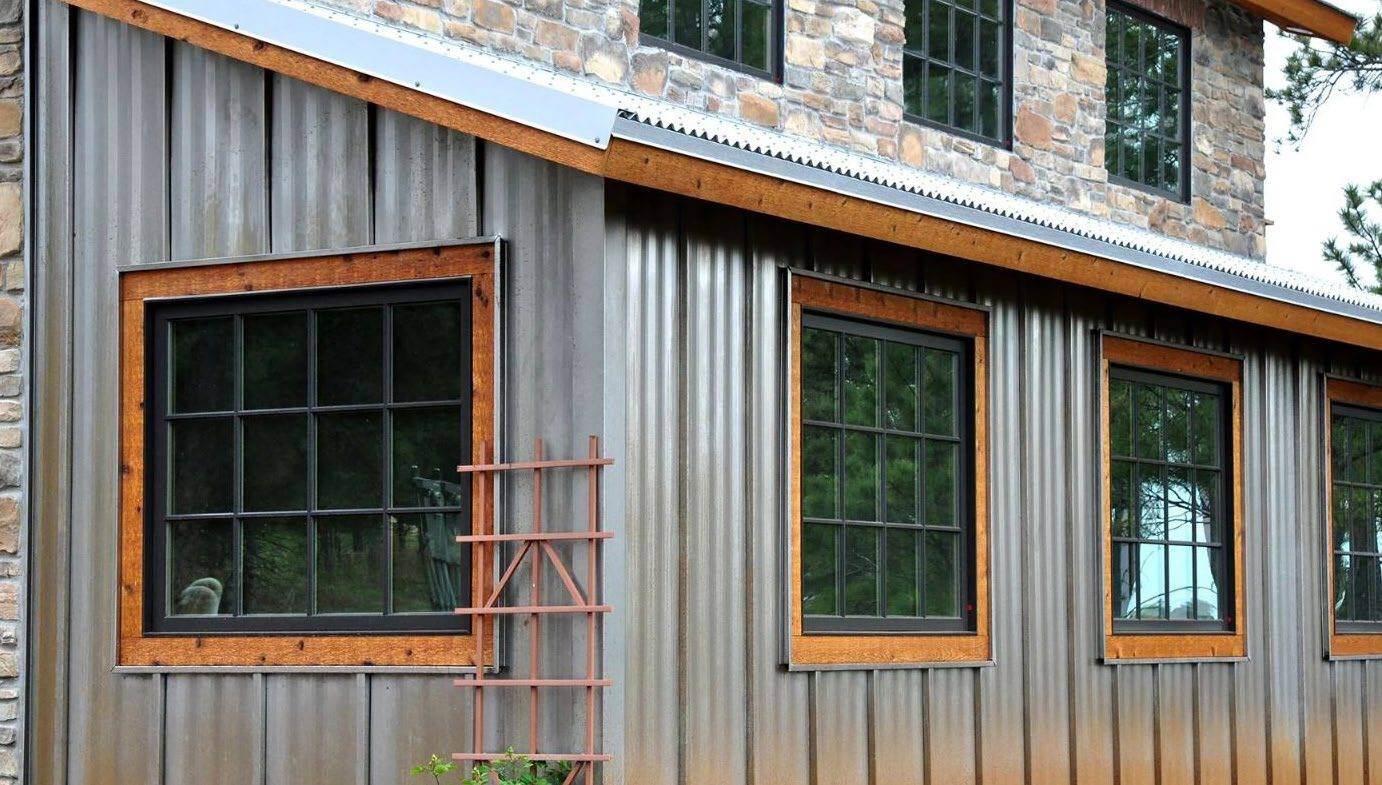
Historical Perspective:
The use of metal in architecture dates back centuries, with applications ranging from roofing to ornamental facades. In recent decades, the recycling and repurposing of metal materials have gained momentum, aligning with modern sustainability practices. Recycled metal siding exemplifies this evolution, offering both aesthetic appeal and environmental responsibility.
Fiber Cement Siding – A Fusion of Durability and Sustainability and Historical Adaptation
Fiber cement siding is a sustainable choice due to its durability and low maintenance requirements. It’s composed of a mixture of wood pulp, cement, clay, and sand, offering both longevity and environmental friendliness. Opting for fiber cement siding reduces the need for frequent replacements, minimizing waste and conserving resources.
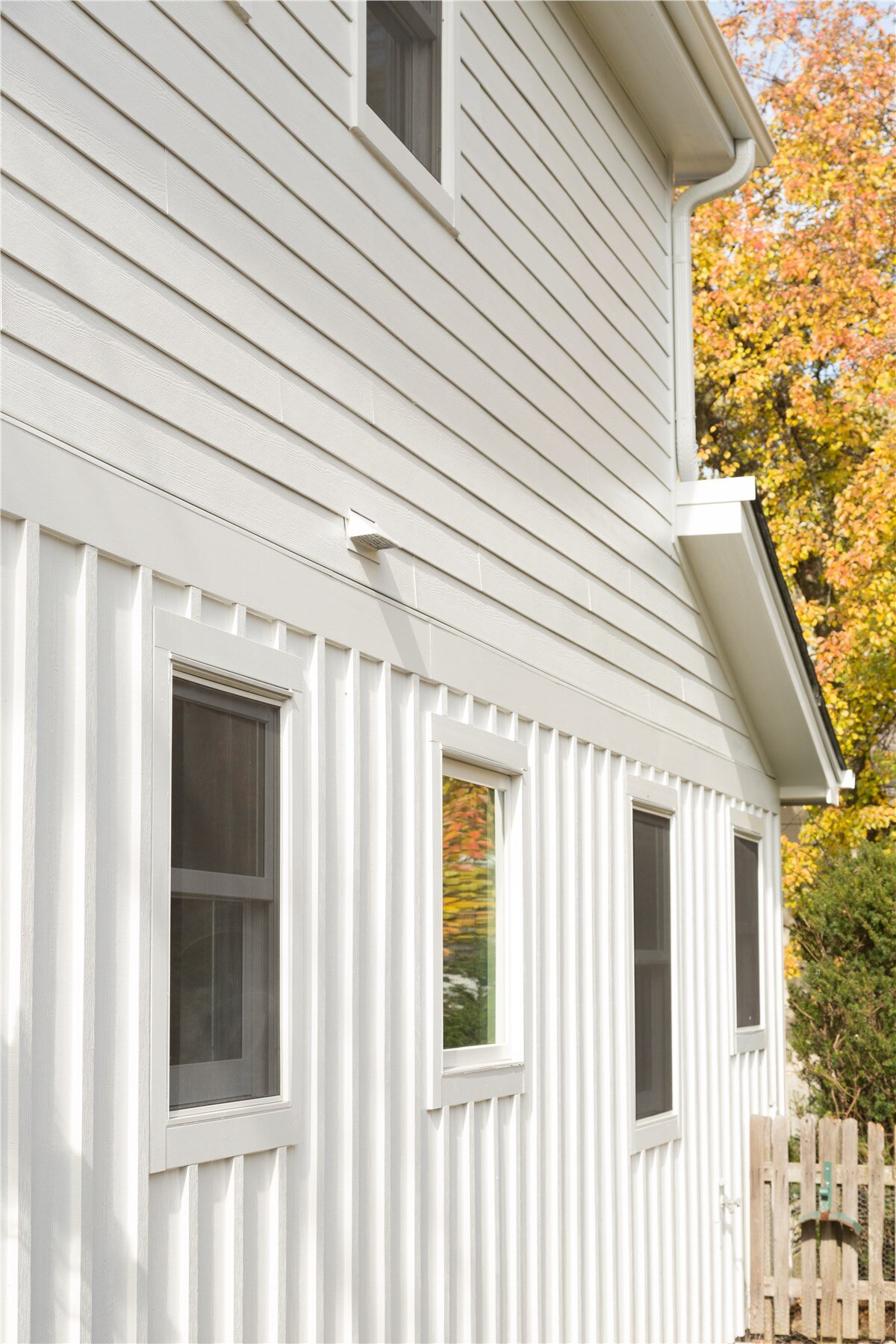
Historical Perspective:
The roots of fiber cement siding can be traced back to the early 20th century when it was developed as a fire-resistant alternative to wood siding. Over the years, its composition and manufacturing processes have evolved, aligning with modern sustainability practices while maintaining its reputation for durability.
Cork Siding – A Unique and Sustainable Option and Mediterranean Inspiration
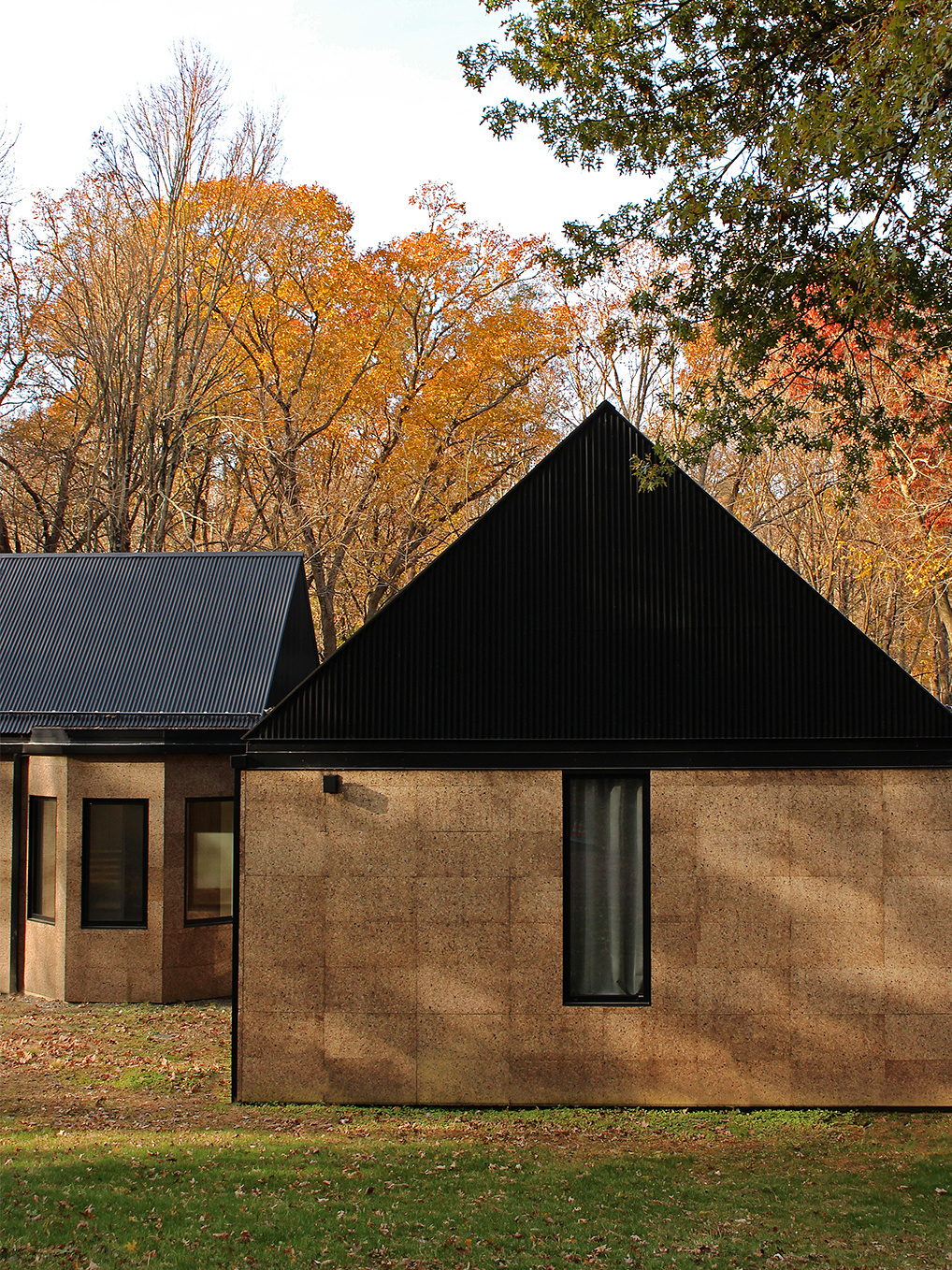
Cork siding may not be the most conventional choice, but it certainly deserves attention in the realm of sustainable siding materials. Harvested from cork oak trees without harming the trees themselves, cork allows for sustainable production. Cork siding also provides natural insulation, which can reduce your energy consumption and environmental impact. Its uniqueness lies in both its sustainability and insulating properties.
Cork has a long history of use in construction and design, with applications ranging from flooring to insulation. The sustainable harvesting of cork from cork oak trees in the Mediterranean region has been practiced for centuries, emphasizing the symbiotic relationship between human activity and nature.
The Resurgence of Historical Styles – Time-Tested Classics
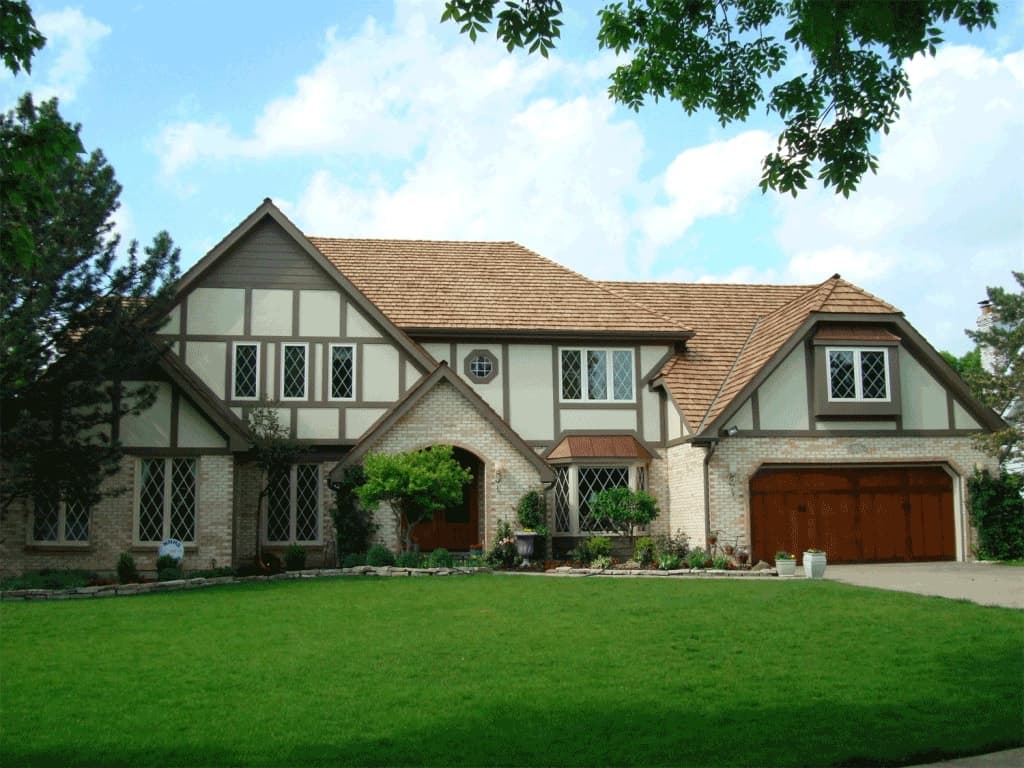
While modern trends have their allure, some homeowners find inspiration in reviving historical siding styles. Let’s take a step back in time and explore the enduring appeal of these classics:
Victorian Elegance – Ornate Siding with a Touch of Nostalgia
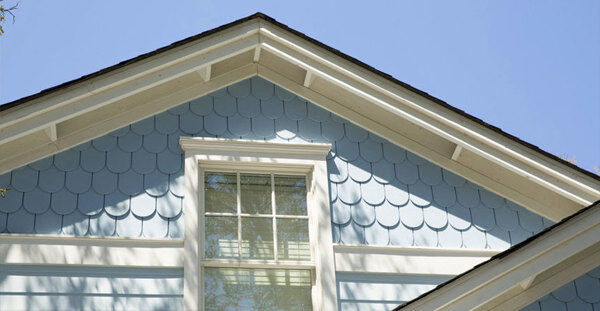
The Victorian era left an indelible mark on architecture, with its ornate and intricate designs. Victorian homes often feature decorative wood siding, including fish-scale shingles, elaborate trim, and vibrant paint colors. This style exudes elegance and nostalgia, making it a favorite among those who appreciate a touch of grandeur.
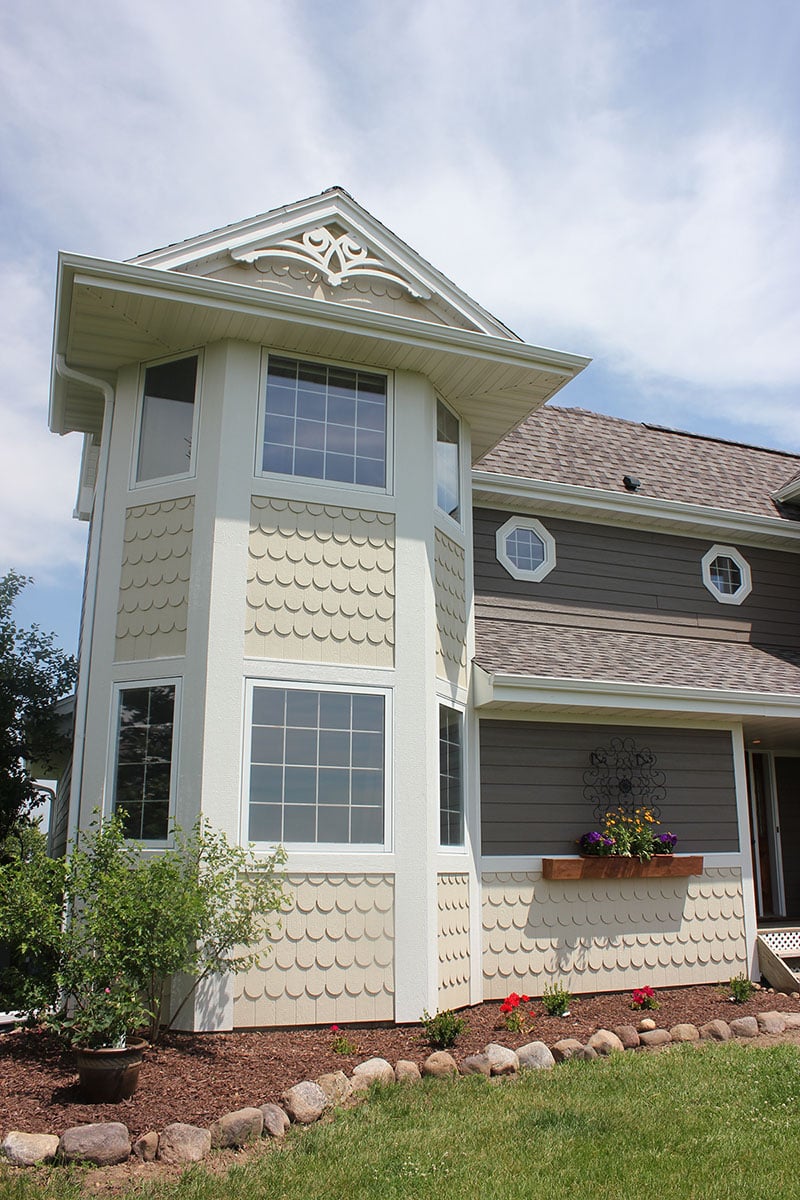
Historical Perspective:
The Victorian era, spanning the mid-to-late 19th century, was characterized by a fascination with ornamentation and intricate detailing. Victorian homes showcased a wide range of architectural elements, and the siding was no exception. Elaborate woodwork and an array of siding patterns reflected the opulence of the era.
Colonial Charm – A Timeless Tribute to Early America
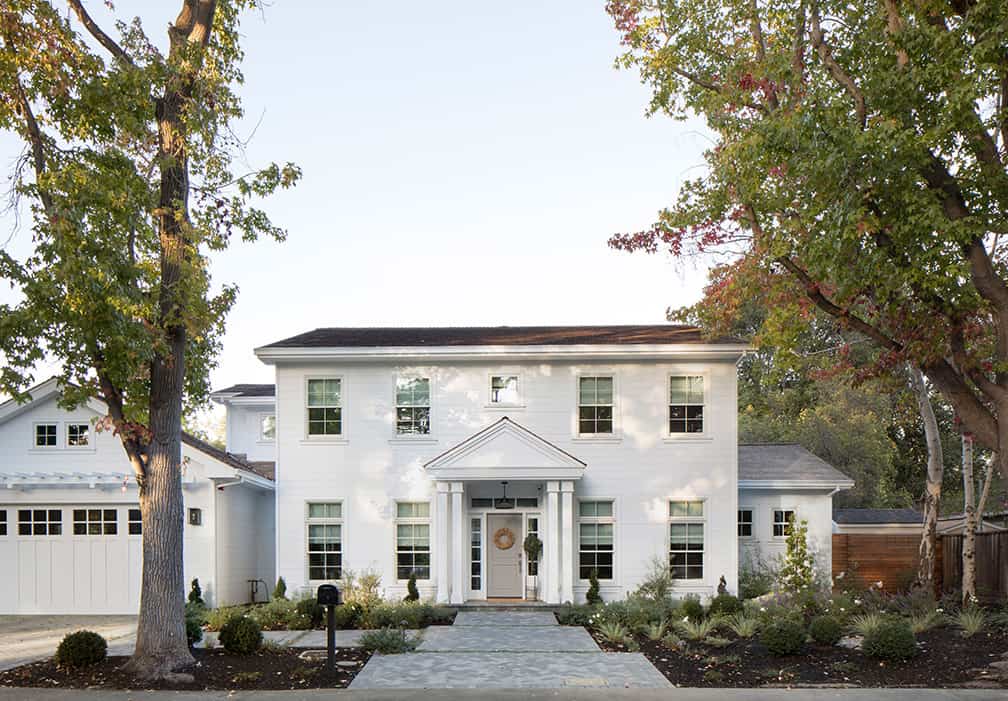
Colonial-style homes evoke a sense of history and simplicity. Clapboard siding, with its horizontal boards and understated elegance, is a hallmark of Colonial design. These homes often feature muted color palettes that blend seamlessly with their surroundings, creating a serene and timeless atmosphere.
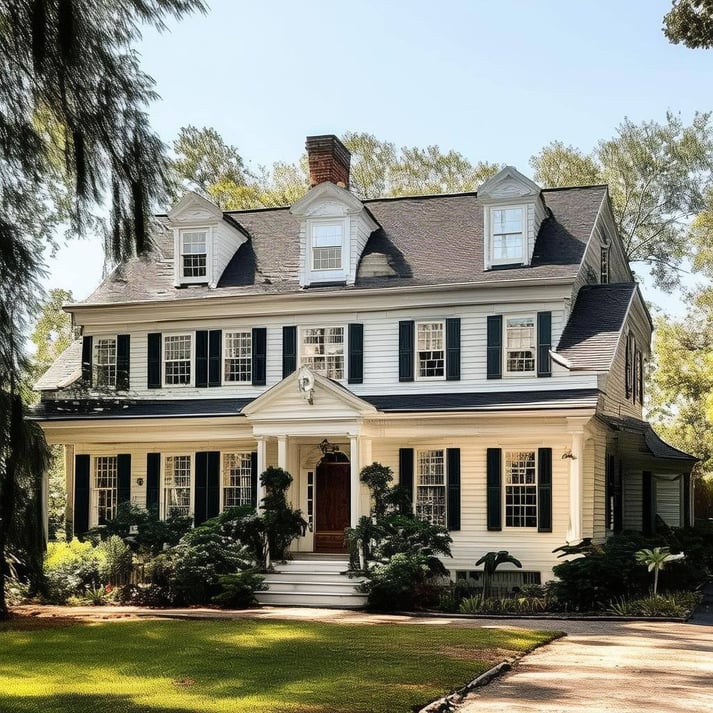
Historical Perspective:
Colonial architecture harkens back to the early days of American settlement, drawing inspiration from European design traditions. Clapboard siding, chosen for its simplicity and functionality, became synonymous with Colonial homes. Today, this style pays homage to the enduring spirit of early America.
Mediterranean Magic – A Taste of Southern Europe
Mediterranean-inspired homes transport you to the sun-soaked shores of southern Europe. Stucco siding, complemented by terracotta roof tiles and wrought-iron accents, creates a warm and inviting atmosphere. This style exudes a sense of relaxation and luxury, making it a popular choice for those seeking a Mediterranean retreat.
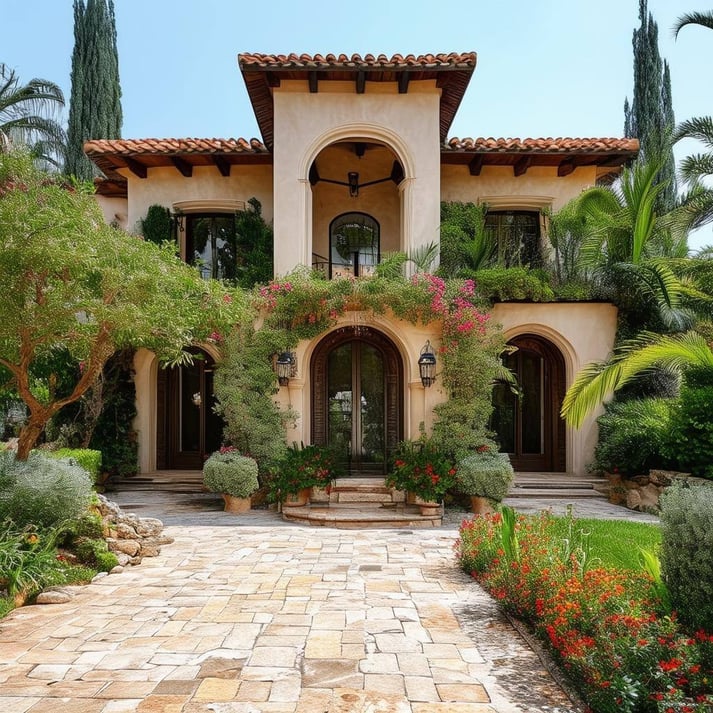
Historical Perspective:
Mediterranean architecture draws from the design traditions of countries bordering the Mediterranean Sea. Stucco, a versatile and weather-resistant material, has been used for centuries to create the signature exteriors of Mediterranean homes. Its historical roots in southern Europe continue to inspire homeowners seeking a touch of Mediterranean charm.
Siding for Every Climate – A Practical Consideration
Climate plays a pivotal role in determining the right siding material for your home. Let’s explore how different materials fare in various climates and regions:
Siding Solutions for Humid Environments – Resisting Moisture and Mold
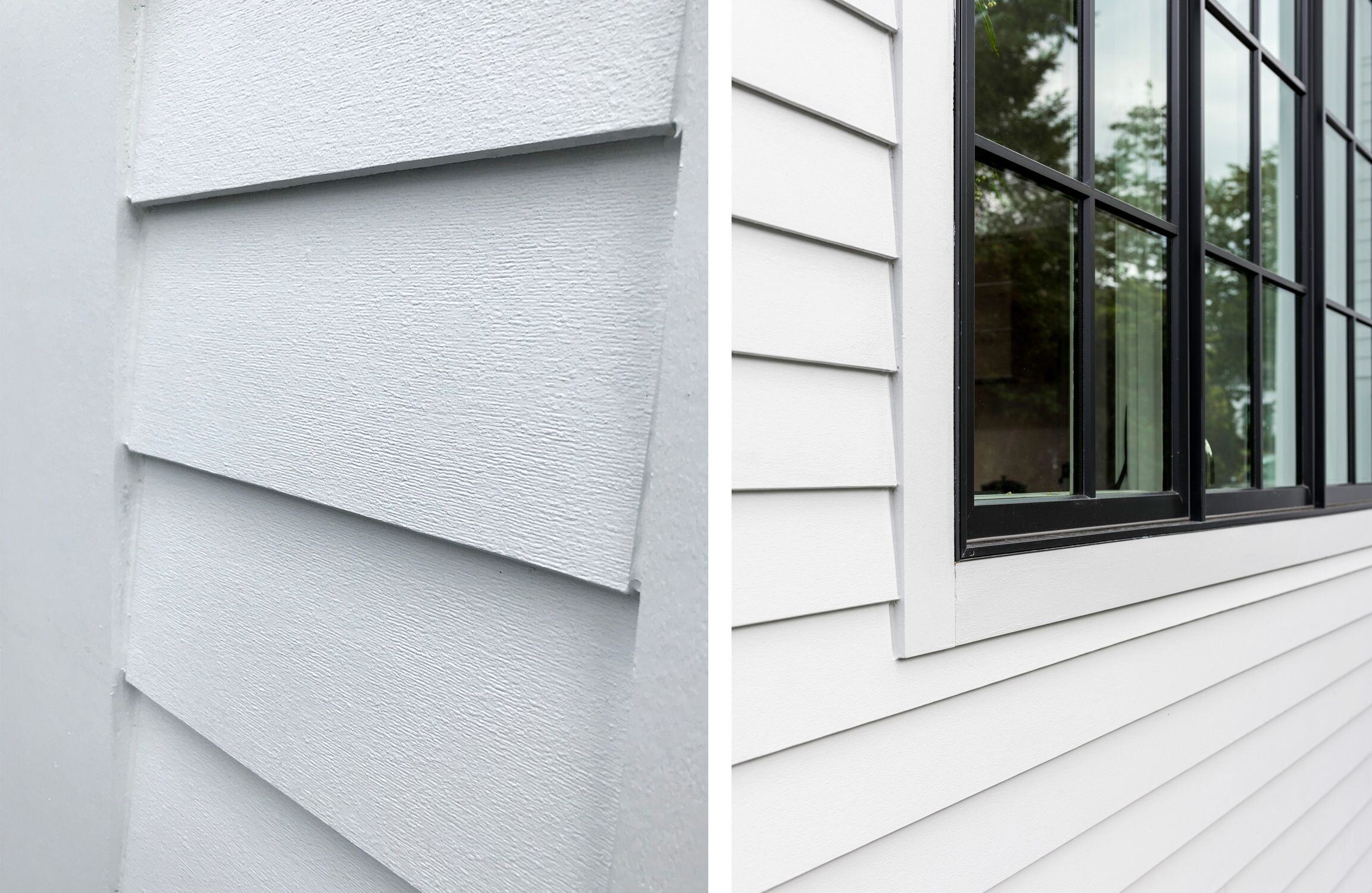
In regions with high humidity, such as the Southeastern United States, siding materials must combat moisture-related issues like mold and rot. Vinyl siding, a popular choice, is highly resistant to moisture and doesn’t warp or rot. Fiber cement siding is another excellent option, as it resists both moisture and termites.
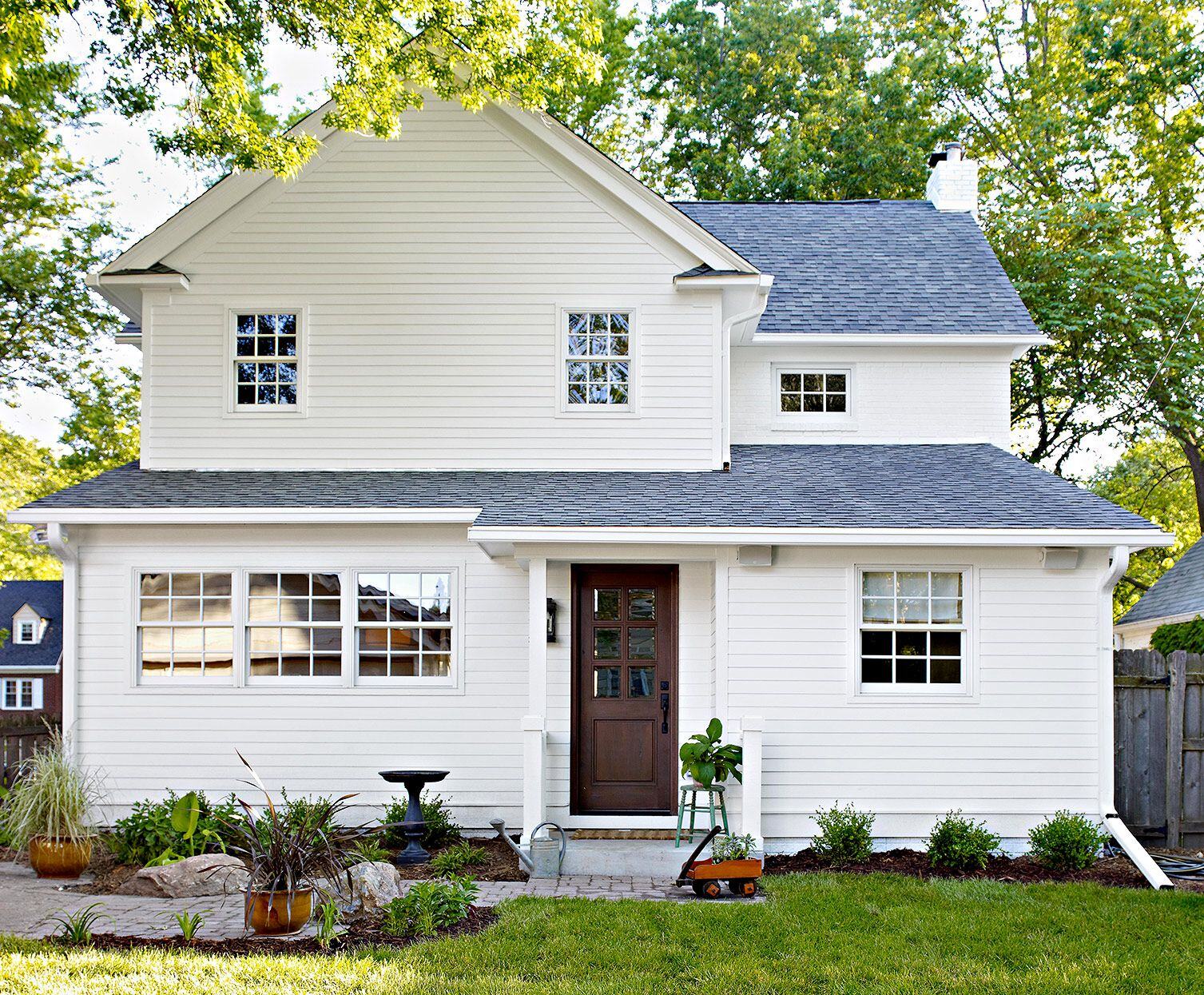
Historical Perspective:
Early settlers in humid regions often struggled with siding materials that were susceptible to moisture damage. Over time, advancements in material science led to the development of moisture-resistant options that addressed these climate-specific challenges.
Siding Suited for Dry Climates – Withstanding Heat and Sun
In arid climates like the Southwestern United States, extreme heat and intense sunlight can take a toll on siding materials. Stucco siding, which is prevalent in these regions, thrives in hot and dry conditions. Its thermal mass helps regulate indoor temperatures, making it an energy-efficient choice.
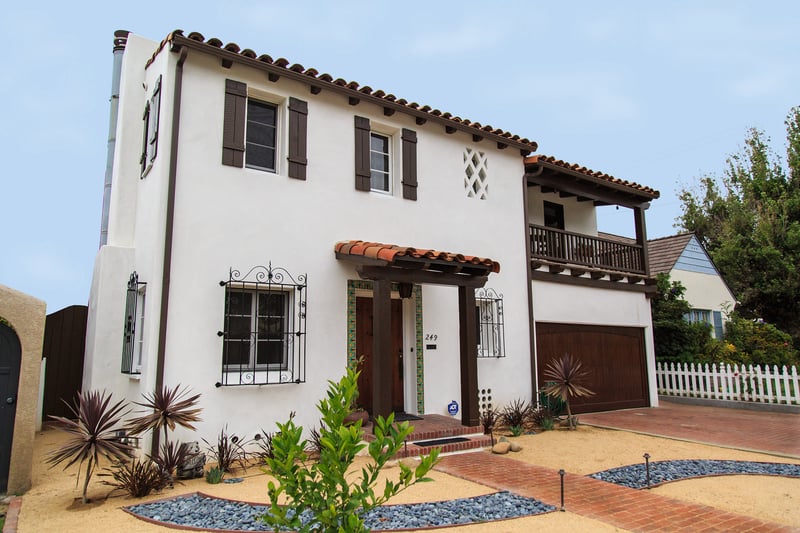
Historical Perspective:
Stucco has been used for centuries in arid regions across the world, including the American Southwest. Its ability to withstand high temperatures and its cooling properties have made it a natural choice for homes in these climates.
Battling the Elements in Coastal Areas – Siding that Stands Strong
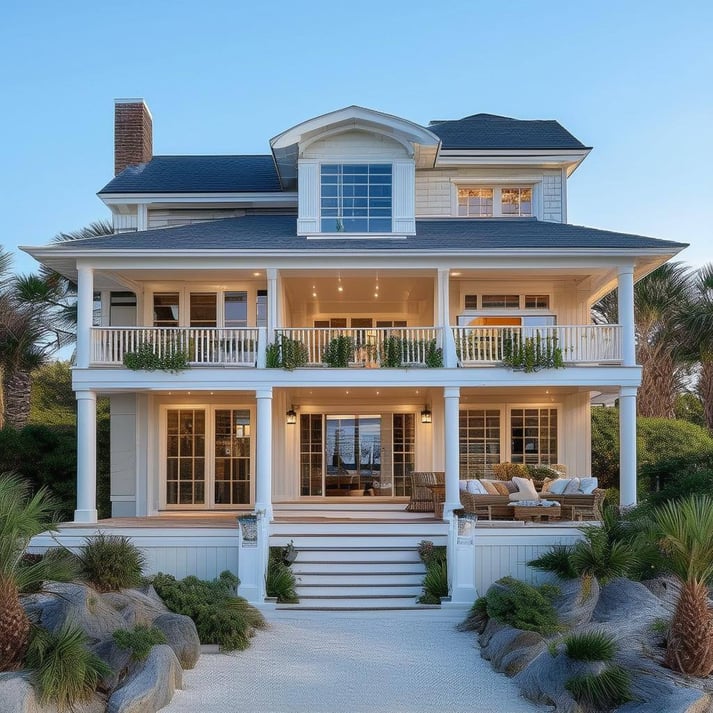
Coastal regions face the dual challenge of moisture and saltwater exposure. For homes along the coast, options like vinyl siding, fiber cement, and engineered wood siding are well-suited to withstand these harsh conditions. They provide protection against salt corrosion and resist moisture damage.
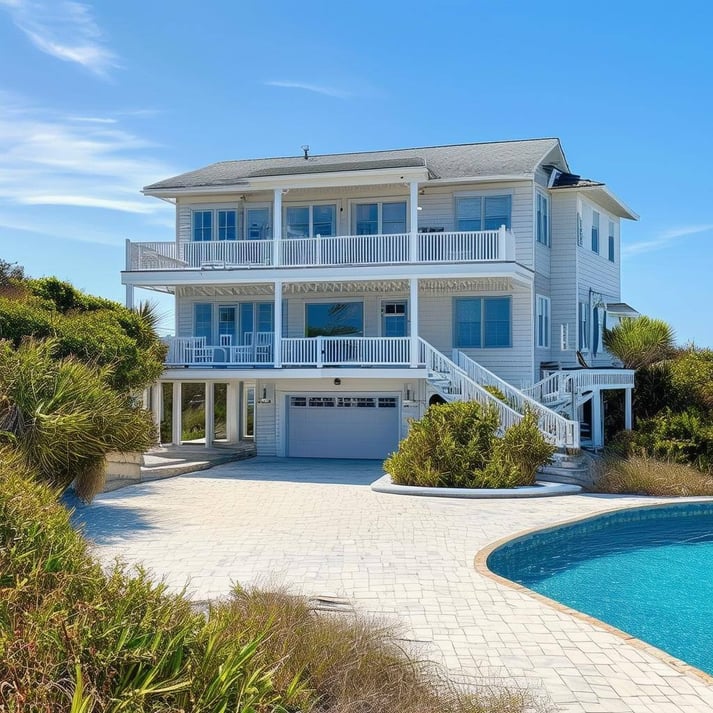
Historical Perspective:
Coastal homes historically faced the brunt of saltwater exposure, which accelerated the deterioration of traditional siding materials. Advances in siding technology have allowed homeowners in coastal areas to enjoy both style and durability.
Siding for Snowy Winters – Weathering the Cold and Ice
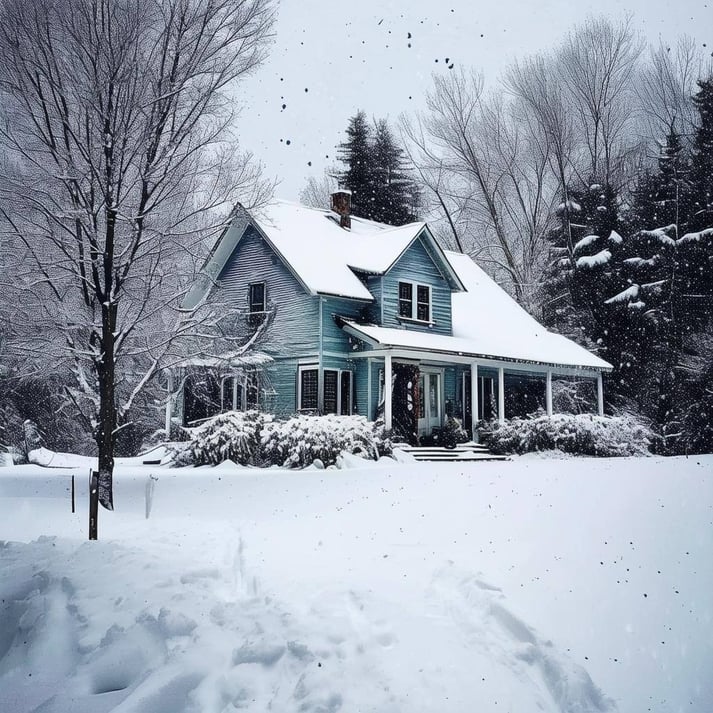
In regions with snowy winters, siding must endure freezing temperatures and ice accumulation. Fiber cement siding, with its durability and resistance to cold, is an excellent choice. It’s also suitable for homes in areas prone to hailstorms, as it can withstand impact damage.
Historical Perspective:
Early settlers in snowy regions often relied on wood and log siding, which, while abundant, required regular maintenance to withstand the harsh winters. The development of more resilient siding materials has made it easier for homeowners in these areas to maintain their homes in challenging climates.
Siding Maintenance – A Reflection of Time and Effort
Maintaining your home’s siding is crucial for its longevity and aesthetics. Different materials require varying levels of care, which can impact your decision-making process:
Wood Siding – Embracing Natural Patina and Preservation Efforts
Wood siding, while beautiful, develops a natural patina over time. Many homeowners appreciate this weathered look, as it adds character to the home. However, wood and log siding requires regular maintenance, including painting or staining and periodic inspections for signs of rot or pests.
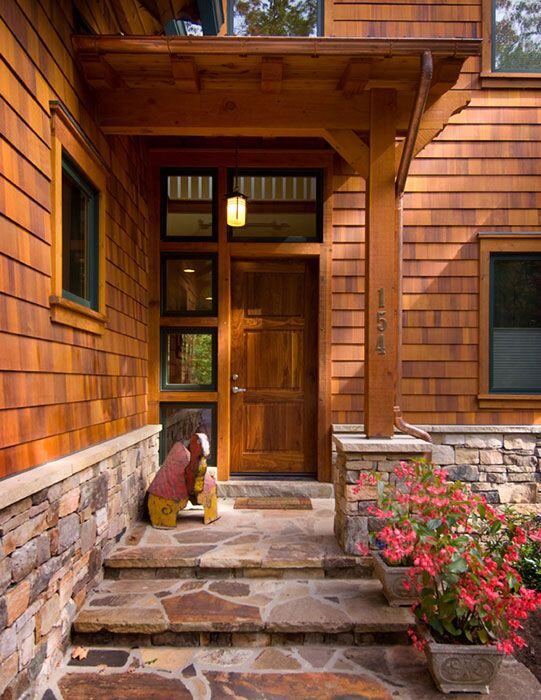
Historical Perspective:
Early American settlers used wood siding due to its availability, but they were well aware of its maintenance needs. Over the years, preservation efforts and treatments have evolved to extend the life of wood siding.
Vinyl Siding – Low Maintenance and Modern Convenience
Vinyl siding is known for its low maintenance requirements. It doesn’t require painting or staining, and periodic cleaning with a hose and mild detergent is typically sufficient to keep it looking fresh. Vinyl siding is an excellent choice for homeowners seeking convenience.
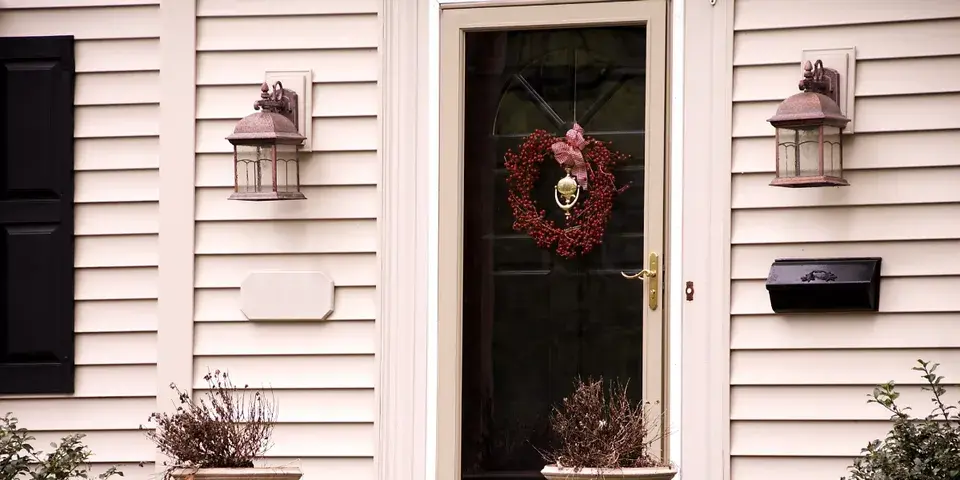
Historical Perspective:
The introduction of vinyl siding in the mid-20th century marked a significant shift in siding materials. Its low maintenance requirements made it an attractive option for busy homeowners.
Fiber Cement Siding – Durability and Longevity
Fiber cement siding is highly durable and resists many common siding issues like rot, pests, and moisture damage. It requires minimal maintenance, typically limited to occasional cleaning. This makes it an appealing choice for those seeking both longevity and ease of care.

Historical Perspective:
Fiber cement siding’s development as a low-maintenance alternative to wood siding was a significant milestone in siding history. Its durability and minimal maintenance needs have made it a staple in contemporary home design.
Engineered Wood Siding – A Wood Alternative with Modern Advantages
Engineered wood siding, like vinyl and fiber cement, offers low maintenance requirements. It’s designed to resist pests and decay and typically comes pre-finished, reducing the need for painting or staining. This combination of wood aesthetics and modern convenience appeals to many homeowners.
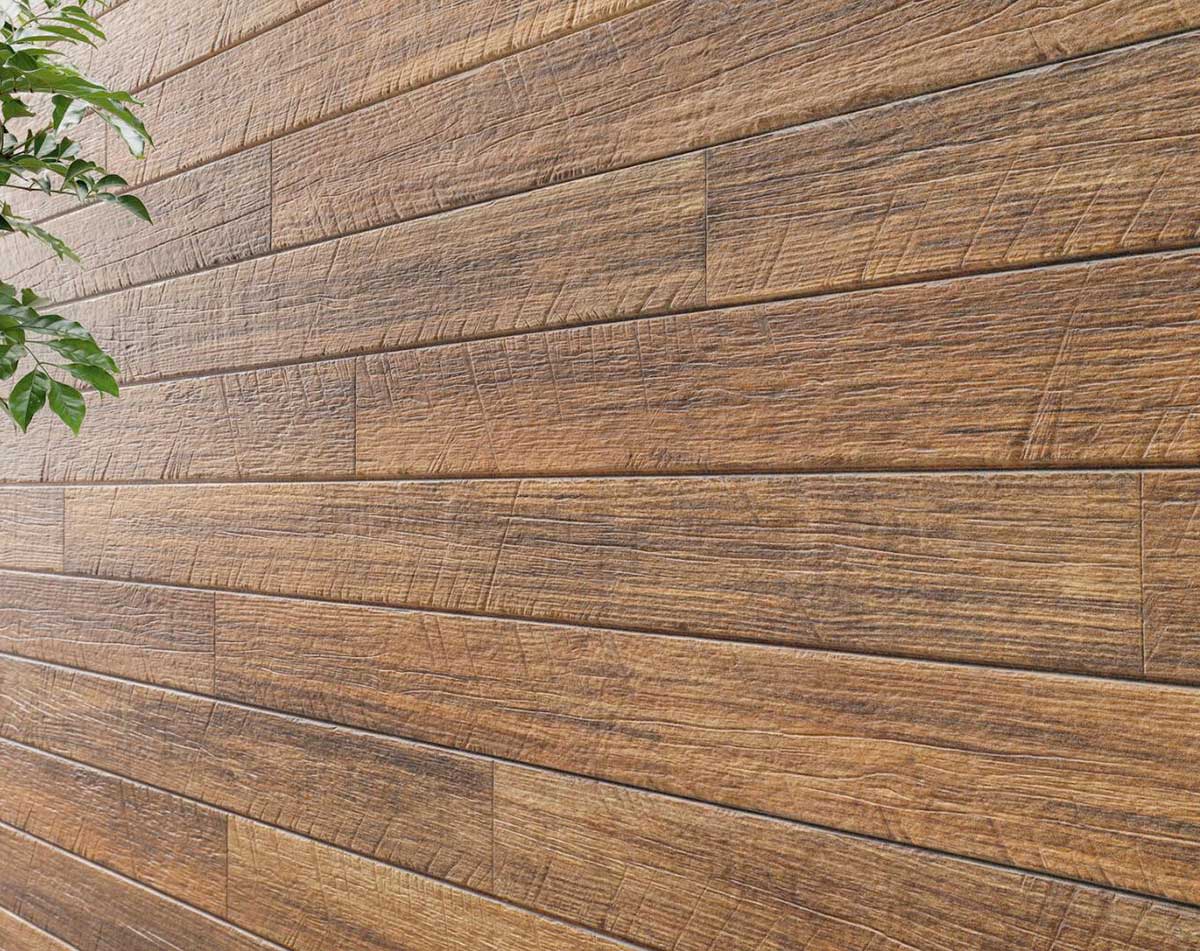
Historical Perspective:
Engineered wood siding is a product of modern advancements in materials science. It reflects a shift towards siding options that capture the beauty of wood without its traditional maintenance demands.
Choosing the Right Siding for Your Home – A Thoughtful Endeavor and Contemporary Considerations
With an array of trendy siding styles, materials, and sustainable options, making the right choice for your home may seem daunting. Here are some practical tips to help you navigate this important decision:
Consider Your Location – Climate and Tradition and Architectural Heritage
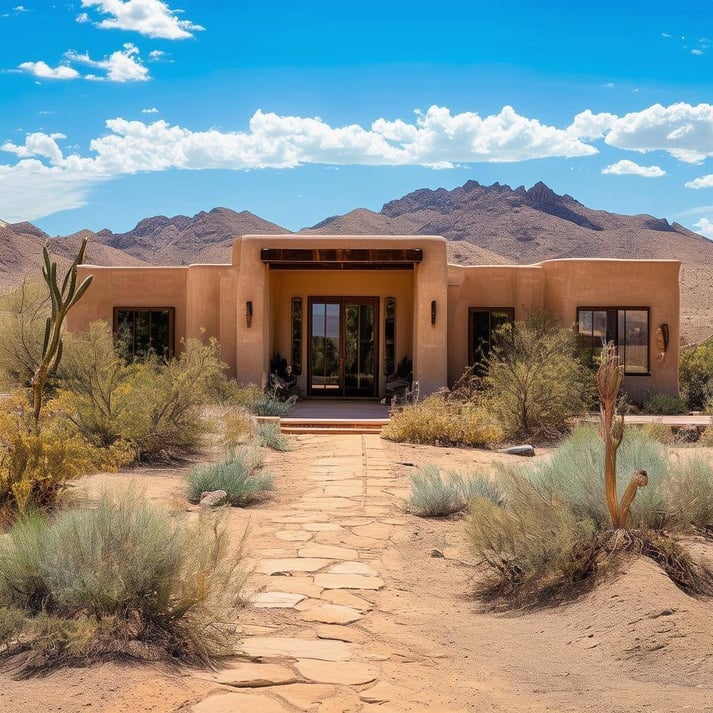
Your geographical location and climate should be key factors influencing your choice of siding material. Different materials perform better in specific weather conditions. For example, cedar shake siding may not be the best choice in a high-humidity environment, as it could be susceptible to moisture-related issues.
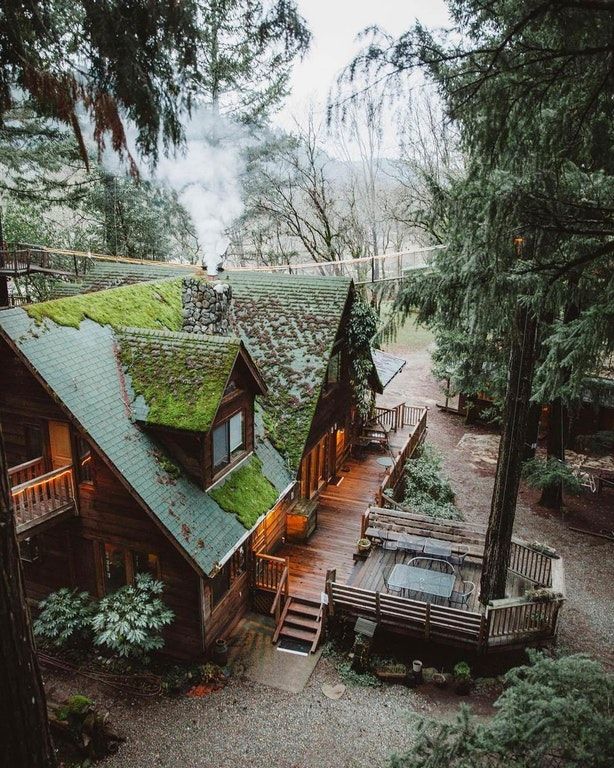
Historical Perspective:
The choice of siding materials historically depended on the region’s climate and available resources. Early settlers adapted their construction methods to the local environment, resulting in a diverse array of architectural styles and siding choices across the United States.
Reflect Your Personal Style – A Tapestry of Taste and Historical Influences
Your home should be a reflection of your personality and taste. Choose a siding style and material that resonates with your preferences. Whether you’re drawn to the timeless appeal of farmhouse siding or the sleek lines of modern materials, your home’s exterior should make you feel right at home.
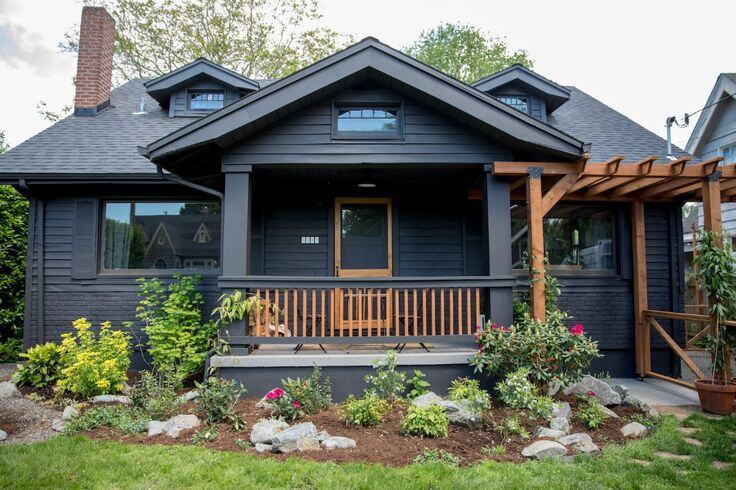
Historical Perspective:
Architectural styles often reflected the prevailing tastes and aesthetics of their respective eras. The history of home design is a testament to the ever-evolving tapestry of human taste, where each era left its unique mark on the built environment.
Think About Maintenance – Balancing Beauty and Upkeep and Technological Progress

Different siding materials come with varying maintenance requirements. While some homeowners appreciate the patina that wood siding develops over time, others might prefer the low maintenance of vinyl or fiber cement. Consider your willingness and ability to perform ongoing upkeep when making your choice.
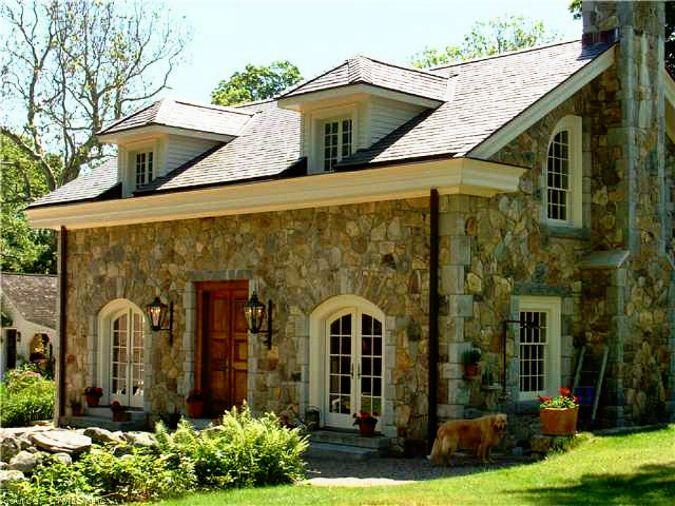
Historical Perspective:
The historical evolution of siding materials reflects advancements in technology and changes in lifestyle. Early settlers used materials readily available in their surroundings, often requiring frequent maintenance. As new materials emerged, the balance between aesthetic appeal and maintenance needs shifted.
Budget Wisely – Investing in Longevity and Economic Considerations
Your budget is a significant factor in your siding decision. Some materials, such as cedar shake, may have a higher upfront cost but offer long-term durability. Evaluate your budget alongside your long-term goals for your home to strike the right balance.
Budget considerations have always played a role in home construction. Early settlers often built with materials they could afford or source locally. Over time, advances in production and transportation made a wider range of materials accessible, impacting both budget considerations and design possibilities.
The Siding Budget – Balancing Aesthetics and Costs
Budget considerations often play a significant role in choosing the right siding for your home. Let’s explore how different materials align with various budget constraints:
Vinyl Siding – Affordability and Versatility
Vinyl siding is known for its affordability, making it a popular choice for budget-conscious homeowners.
It offers a wide range of style options, allowing you to achieve the look you desire without breaking the bank. Vinyl siding provides excellent value for those seeking cost-effective solutions.
Historical Perspective: The introduction of vinyl siding in the mid-20th century marked a shift toward more budget-friendly siding options. Its affordability has made it accessible to a wide range of homeowners.
Fiber Cement Siding – A Balance of Cost and Quality
Fiber cement siding falls in the mid-range of the cost spectrum, offering a balance between affordability and quality. While it may have a higher upfront cost compared to vinyl, its durability and low maintenance requirements can provide long-term cost savings.
Historical Perspective:
The development of fiber cement siding as a durable and cost-effective alternative to wood siding reflects the ongoing evolution of siding materials to meet the needs of budget-conscious homeowners.
Wood Siding – Classic Elegance with Varied Costs
Wood siding costs can vary significantly depending on the type of wood chosen and whether it’s painted or stained. While cedar and redwood siding may be more expensive, they offer unparalleled beauty and natural appeal.
Pine or engineered wood siding can provide a more budget-friendly option for achieving a wood look.
Historical Perspective:
Wood siding has a long history of use in the United States, with cost considerations often impacting the choice of wood species. Early settlers used locally available wood, which influenced the appearance and cost of their siding.
Engineered Wood Siding – Cost-Efficiency with Wood Aesthetics
Engineered wood siding often falls on the more affordable end of the cost spectrum while delivering the aesthetics of real wood. It provides a budget-friendly way to achieve the look of wood siding without the premium price tag.
Historical Perspective:
Engineered wood siding represents a modern response to the demand for cost-effective siding options that mimic the appearance of traditional wood siding.
The Future of Siding – Innovation and Sustainability
As technology and environmental awareness continue to evolve, so does the world of siding. Let’s take a glimpse into the future to see what trends and innovations may lie ahead:
Smart Siding – Integrating Technology and Efficiency
The concept of “smart siding” is on the horizon. Imagine siding materials embedded with sensors and technology that can regulate temperature, harness solar energy, and even adapt to changing weather conditions. Smart siding promises enhanced energy efficiency and convenience for homeowners.
Sustainable Innovations – Eco-Friendly Materials and Practices
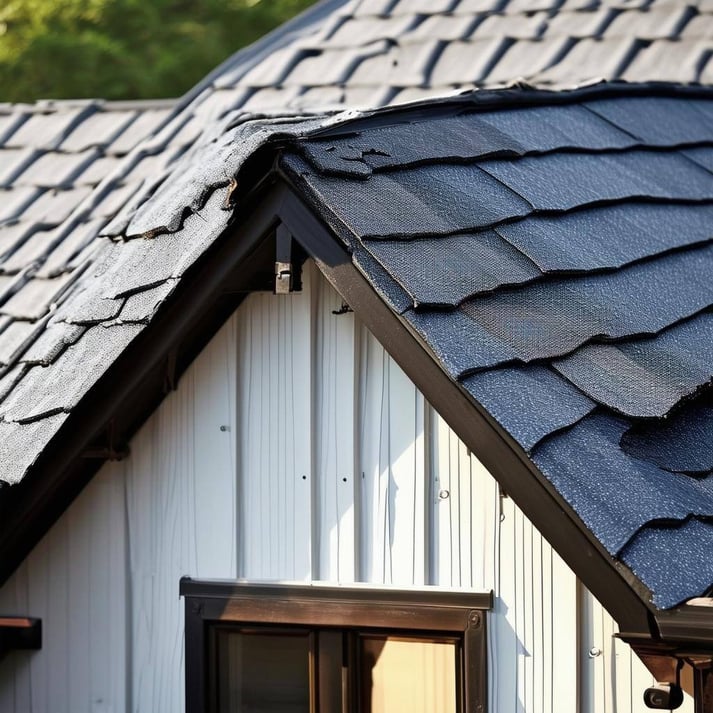
The push for sustainability will only intensify. We can anticipate the emergence of new eco-friendly siding materials that minimize environmental impact. Additionally, innovative installation practices may further reduce waste and energy consumption during the siding process.
Architectural Experimentation – Pushing Boundaries of Design
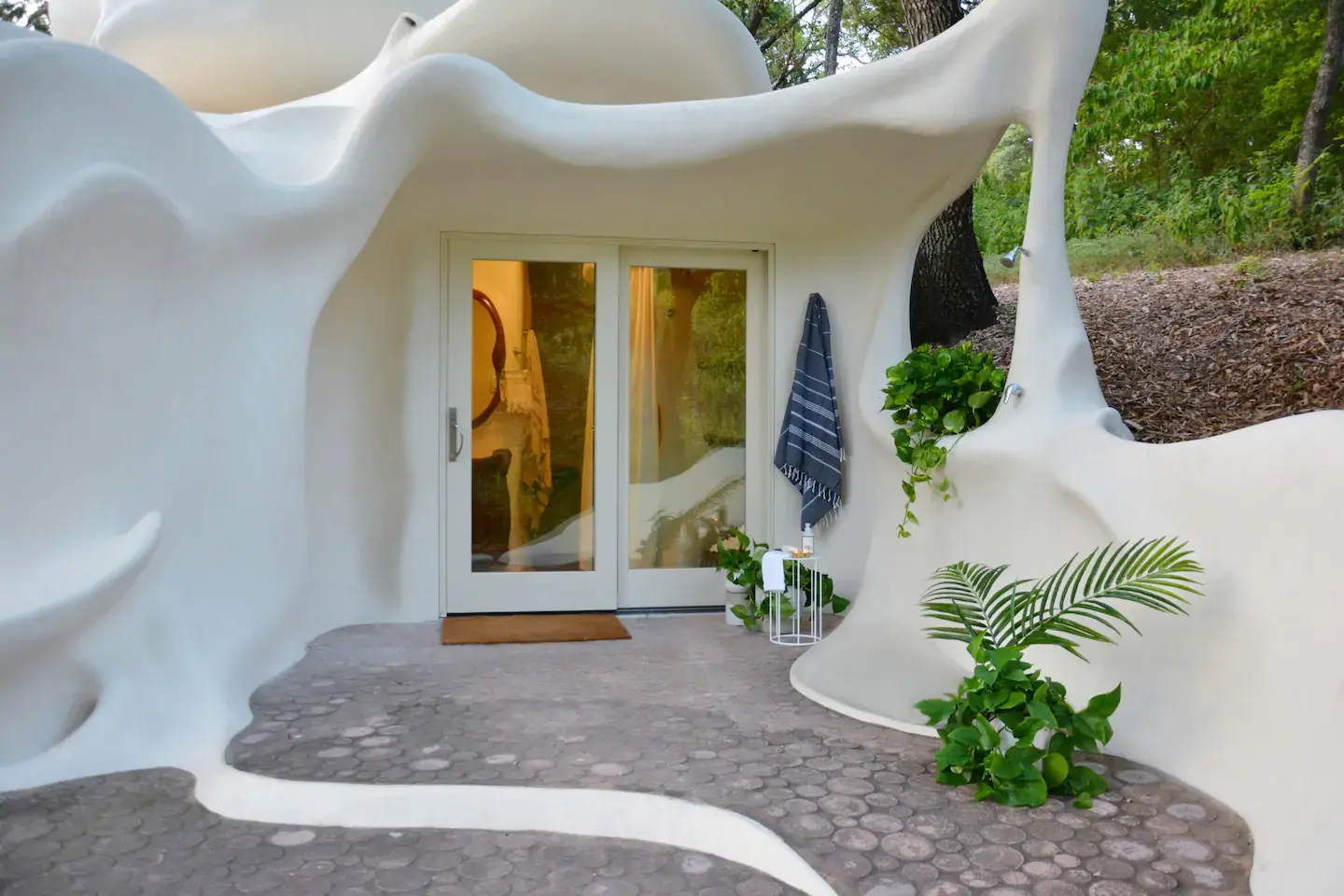
Architects and designers will continue to push the boundaries of design, experimenting with new shapes, textures, and configurations. Siding may become an even more integral part of architectural expression, blurring the lines between art and functionality.
Community and Cultural Influences – Regional and Global Inspiration
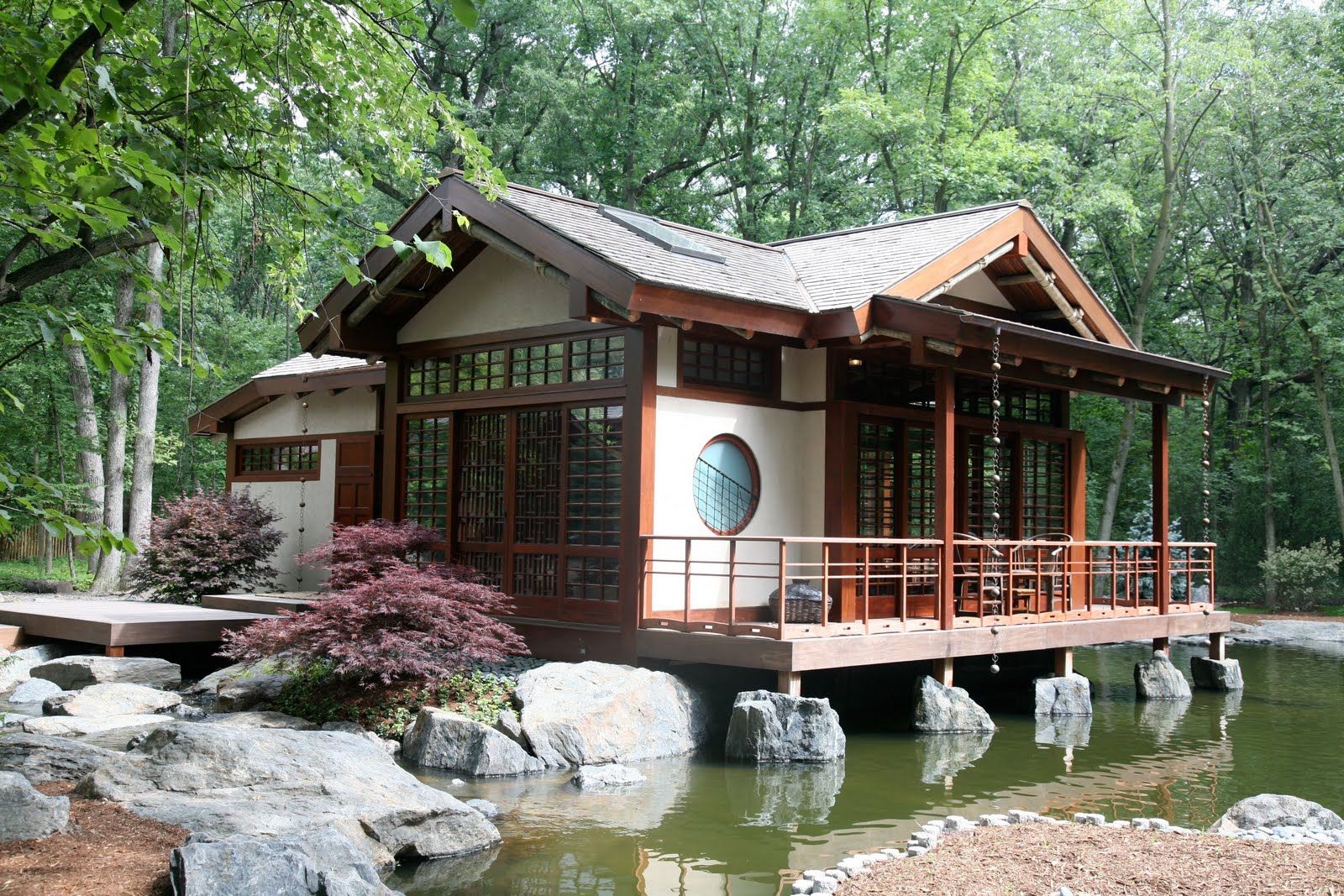
As the world becomes more interconnected, siding styles may increasingly draw inspiration from global and regional design influences. Communities and neighborhoods could develop their distinct architectural identities, reflecting their unique cultural backgrounds.
Wrapping Up – Your Siding Story Awaits

picking the right siding style
In this ever-evolving world of siding trends, the possibilities are limitless. From historical revivals to innovative future trends, the world of siding offers a canvas for homeowners to paint their stories. Whether you’re drawn to the timeless charm of Victorian elegance or the eco-conscious appeal of sustainable materials, your siding choice is a reflection of your style, values, and practical considerations.
As you embark on your siding journey, remember that trends may come and go, but your home is a constant. It’s the place where memories are made, and where your personal style takes center stage. So, whether you’re preserving the historical elegance of the past or embracing the sustainability of the future, your siding decision is an opportunity to create a home that truly reflects your unique story.
We hope this in-depth exploration of siding trends and considerations has inspired you to embark on your own siding style odyssey. So, what’s your siding story going to be?





